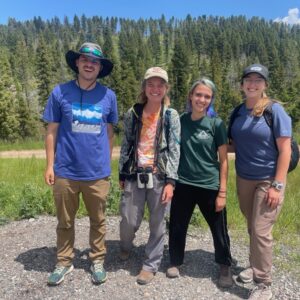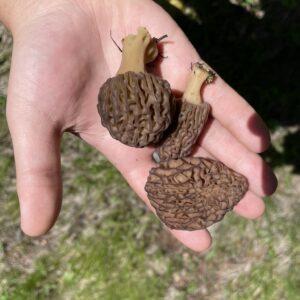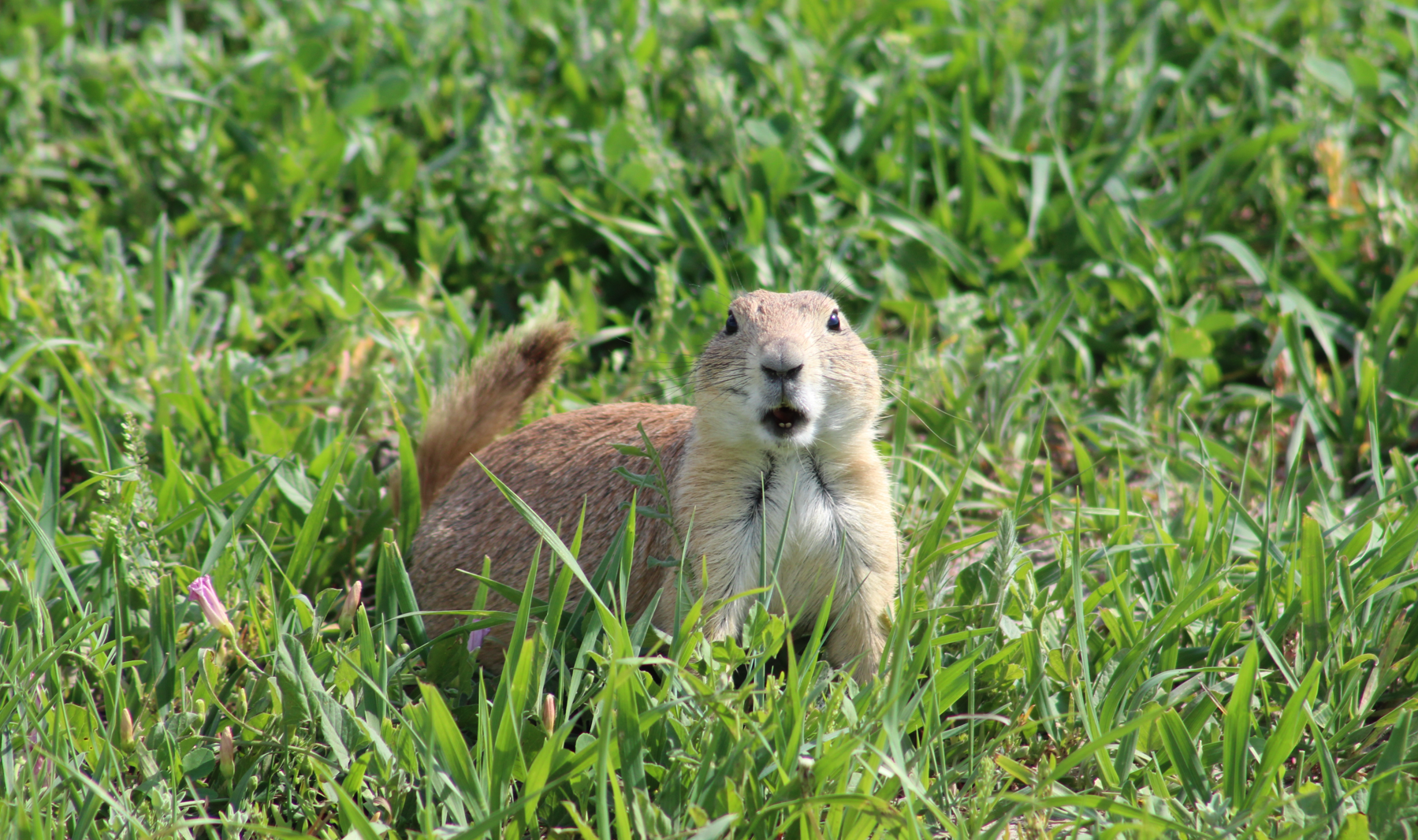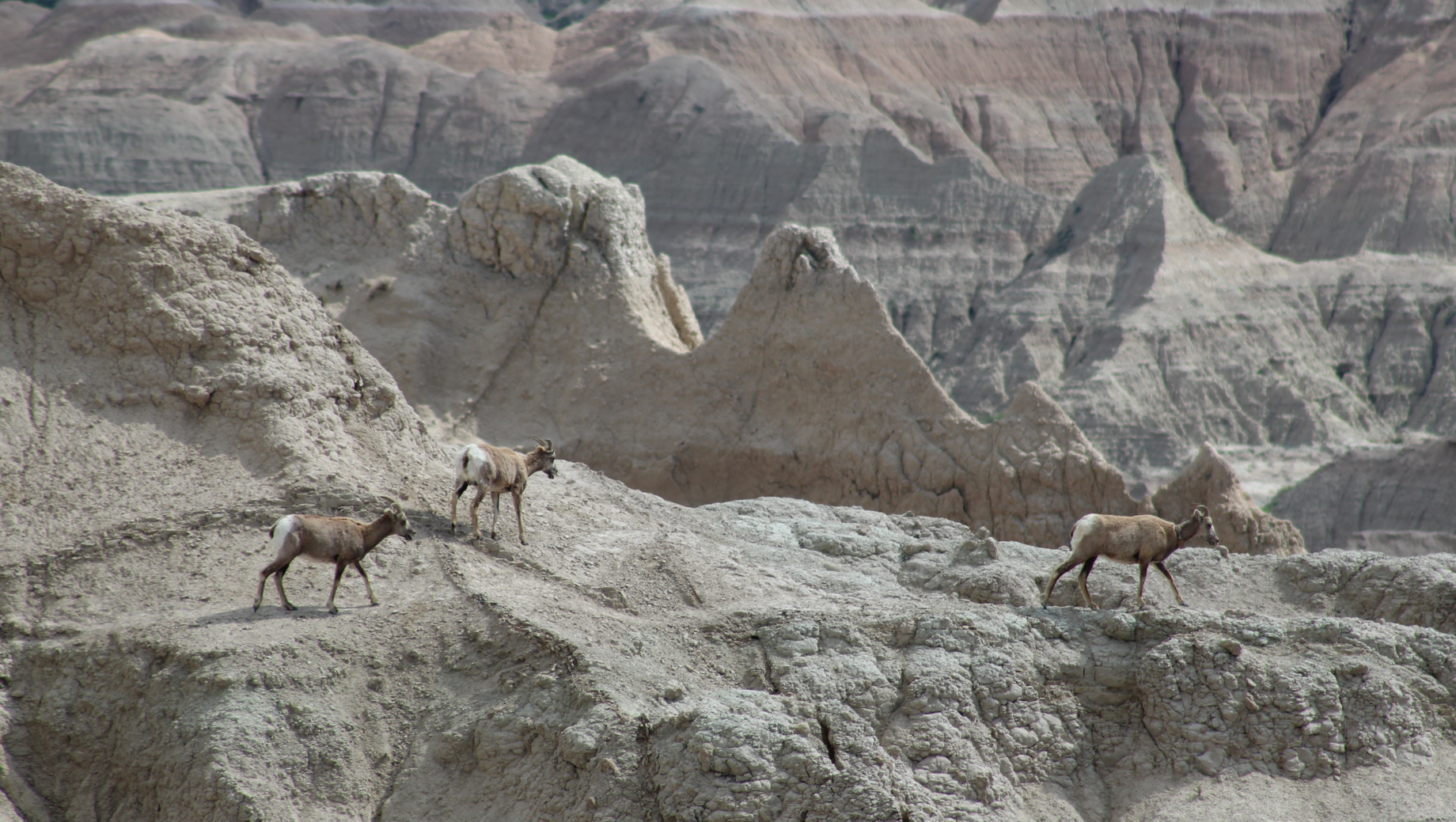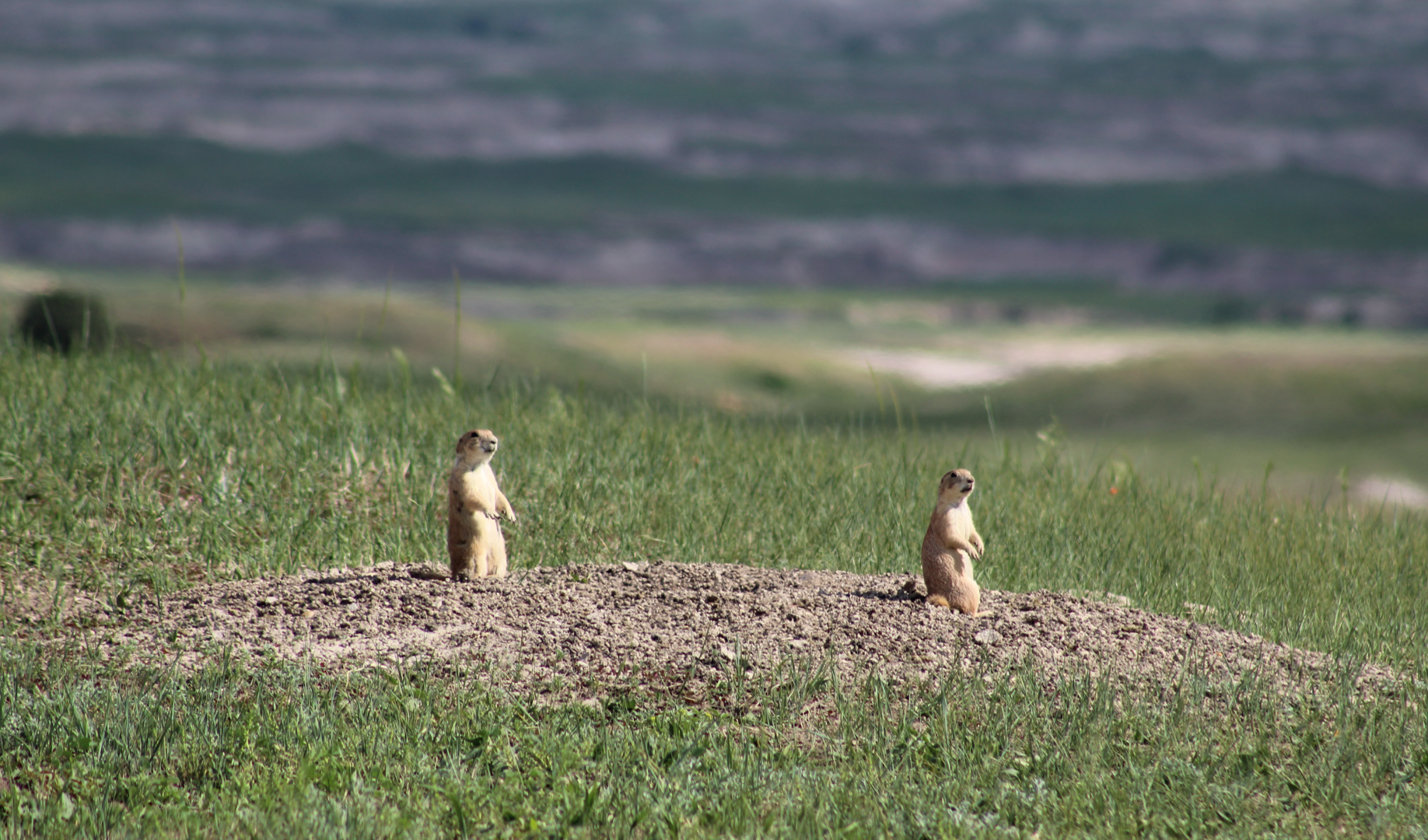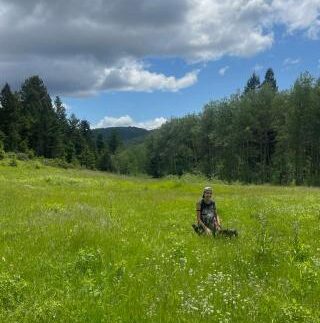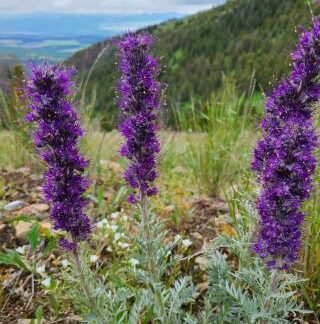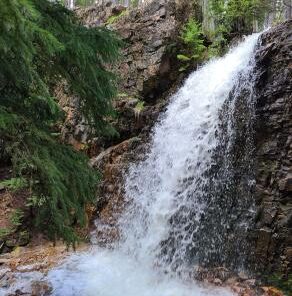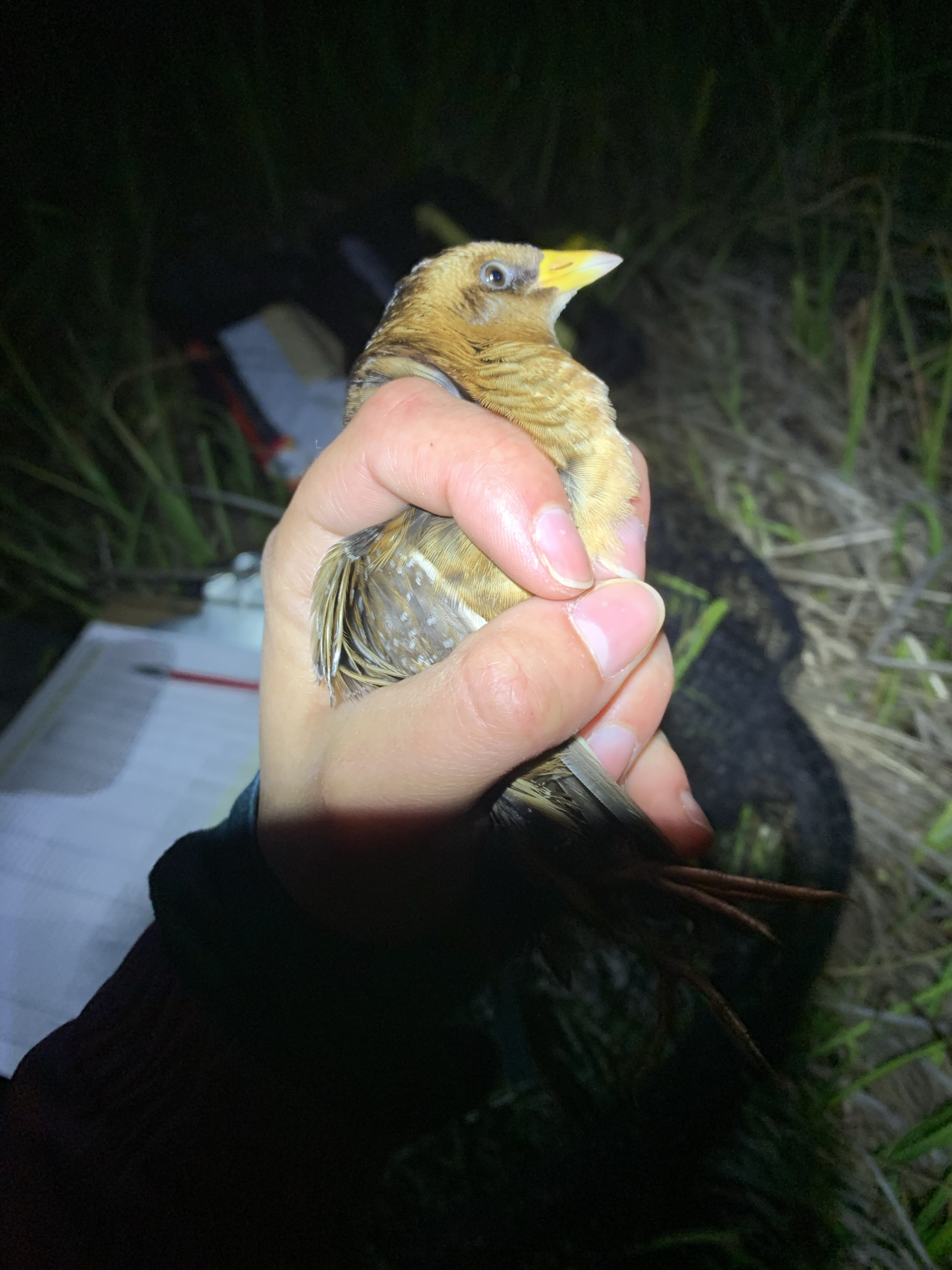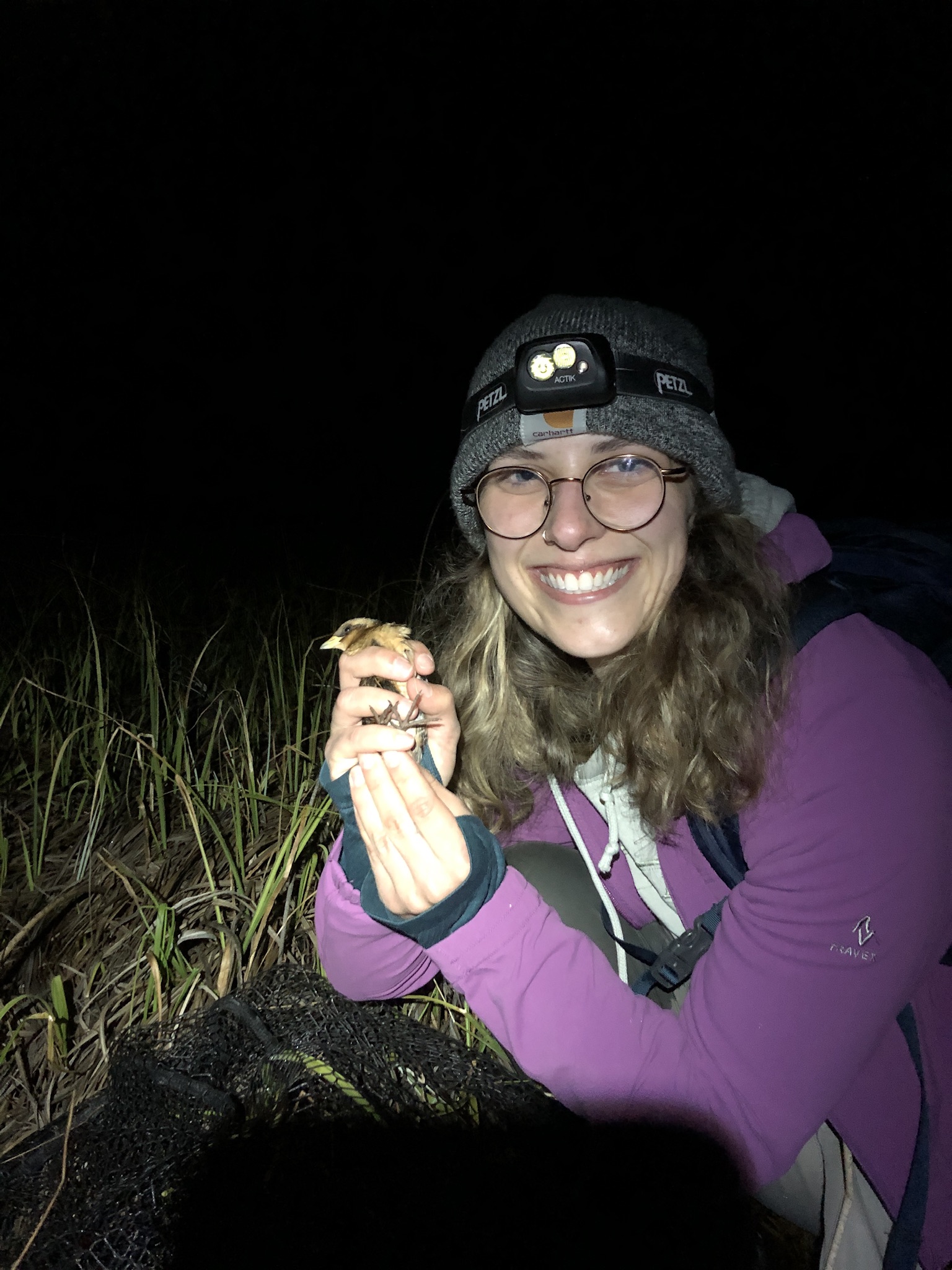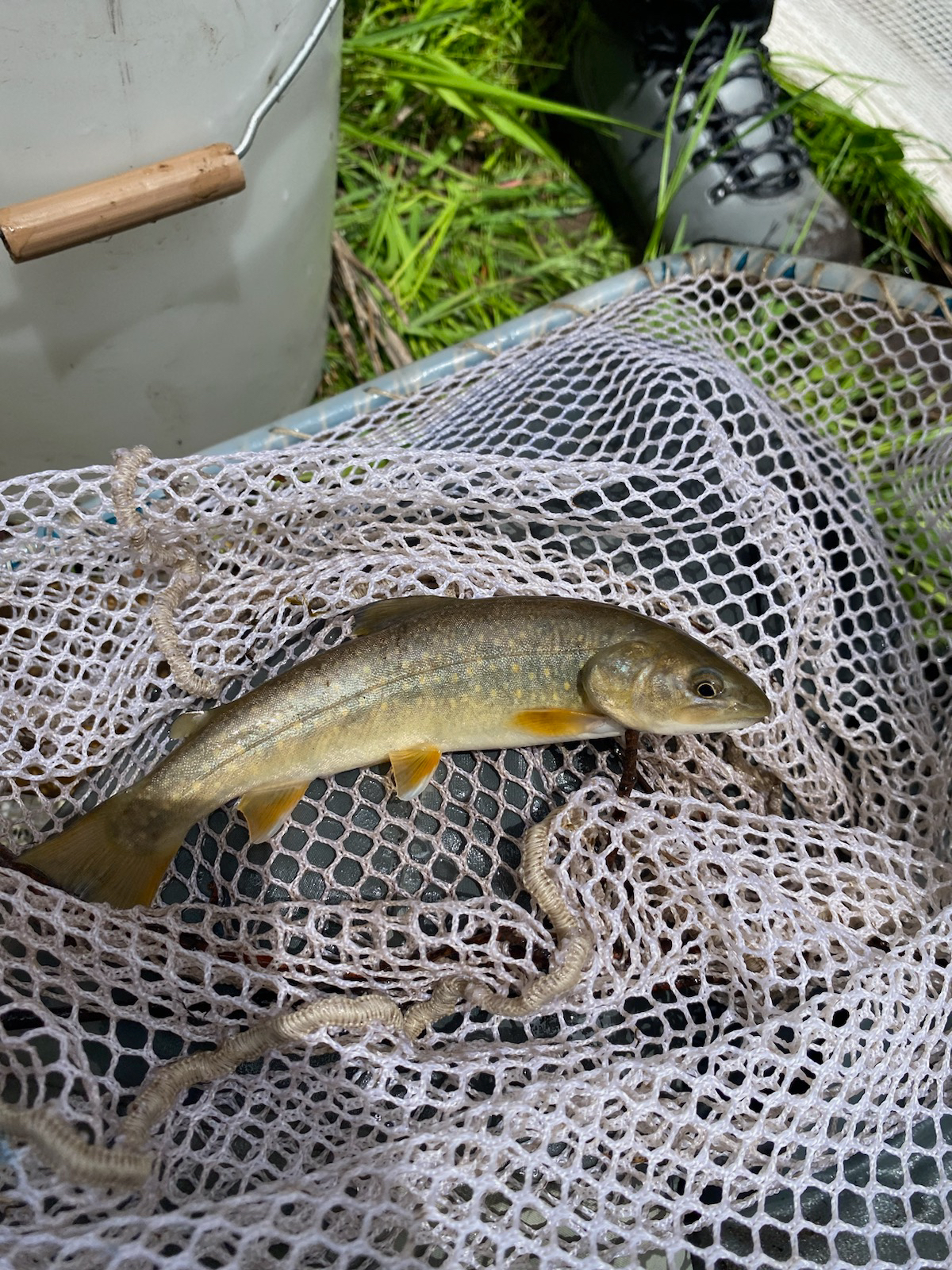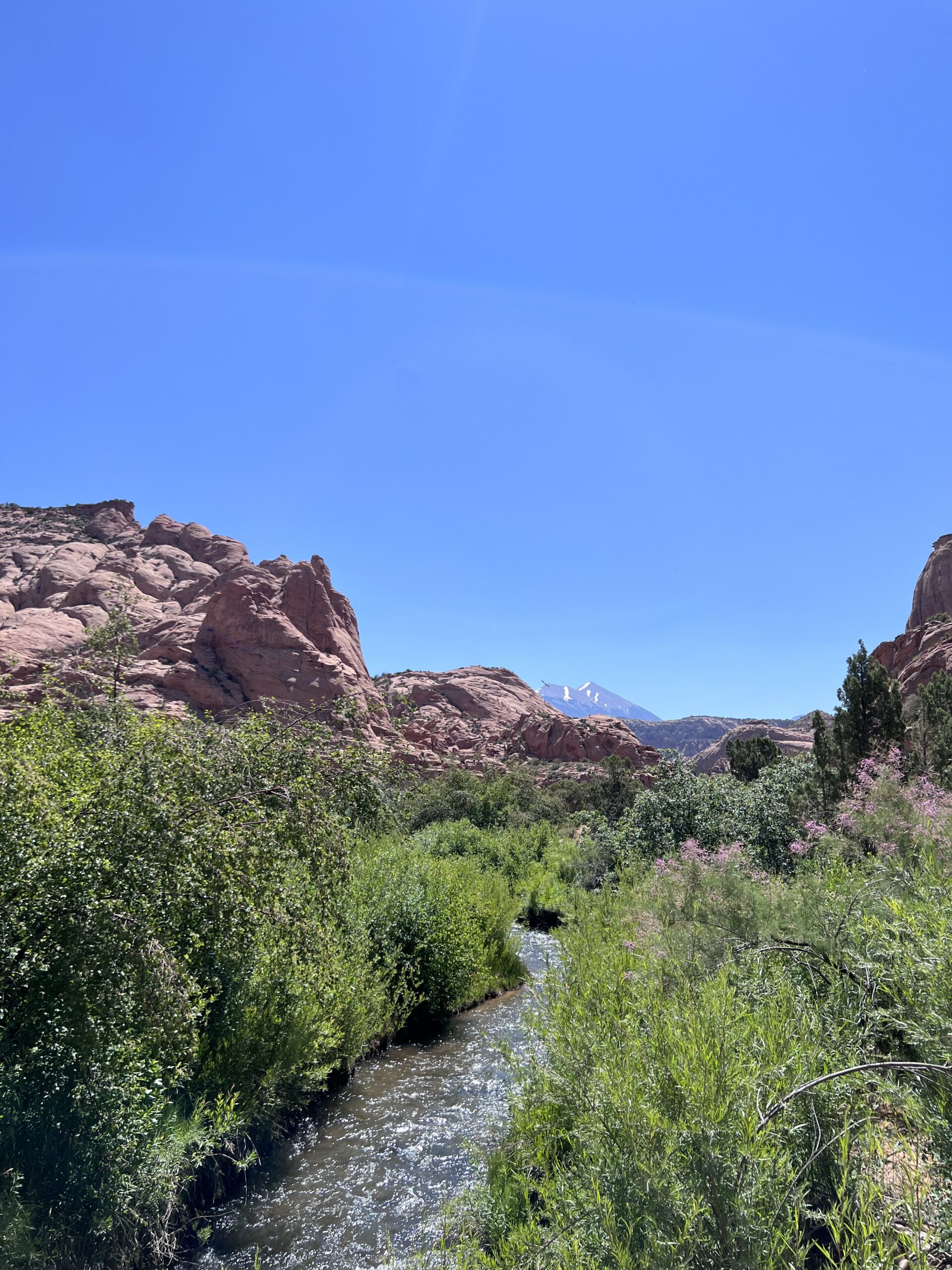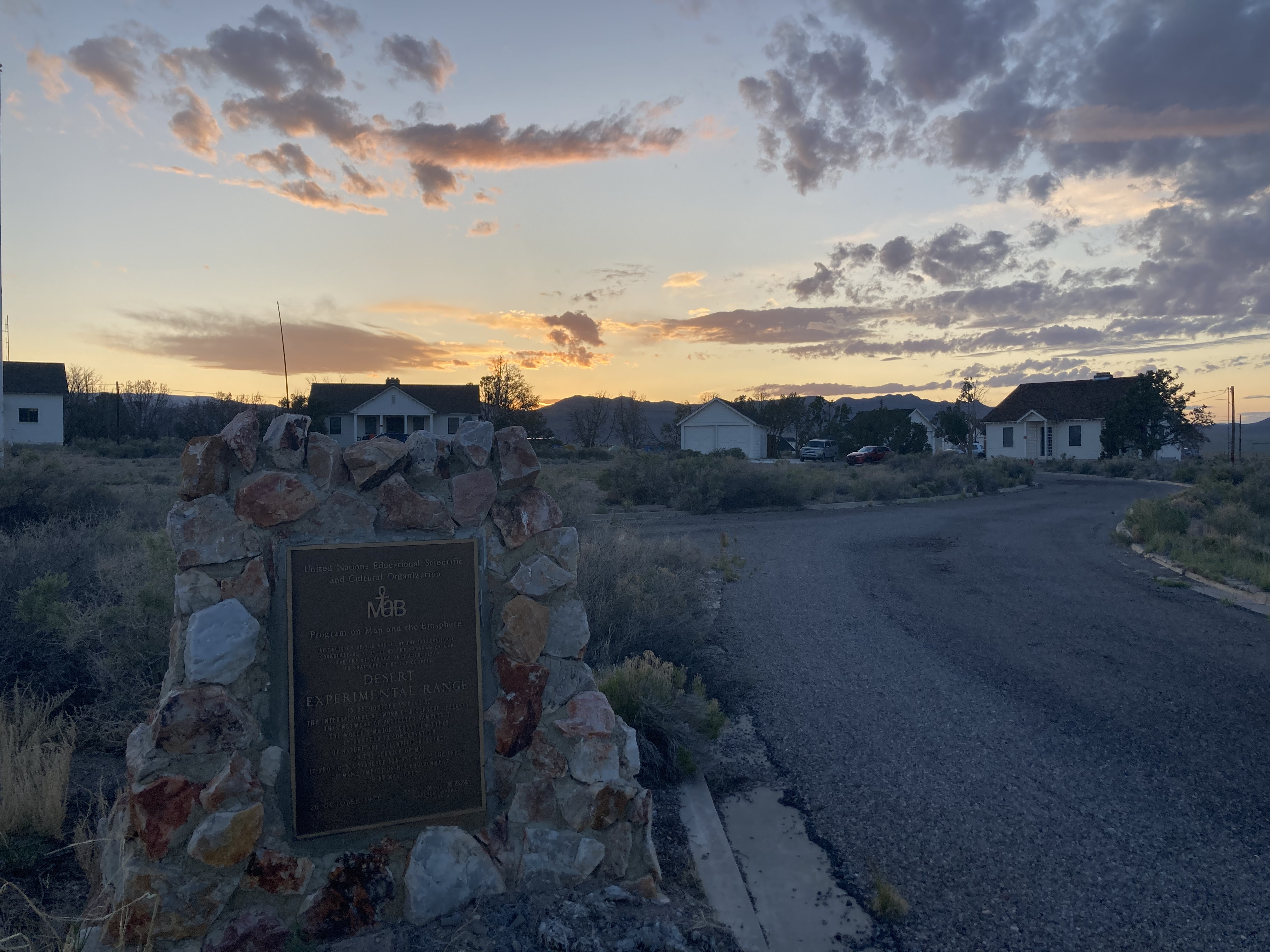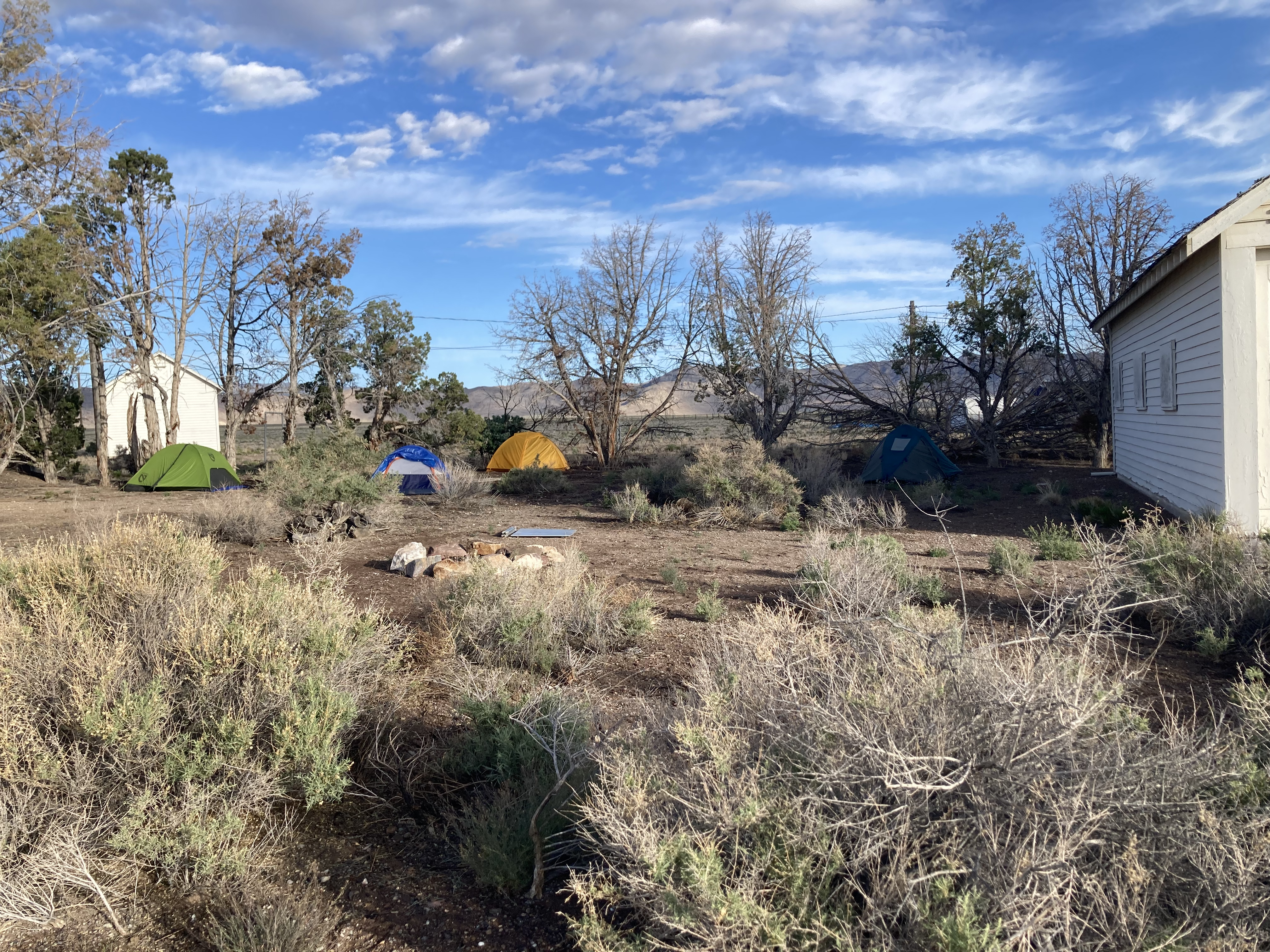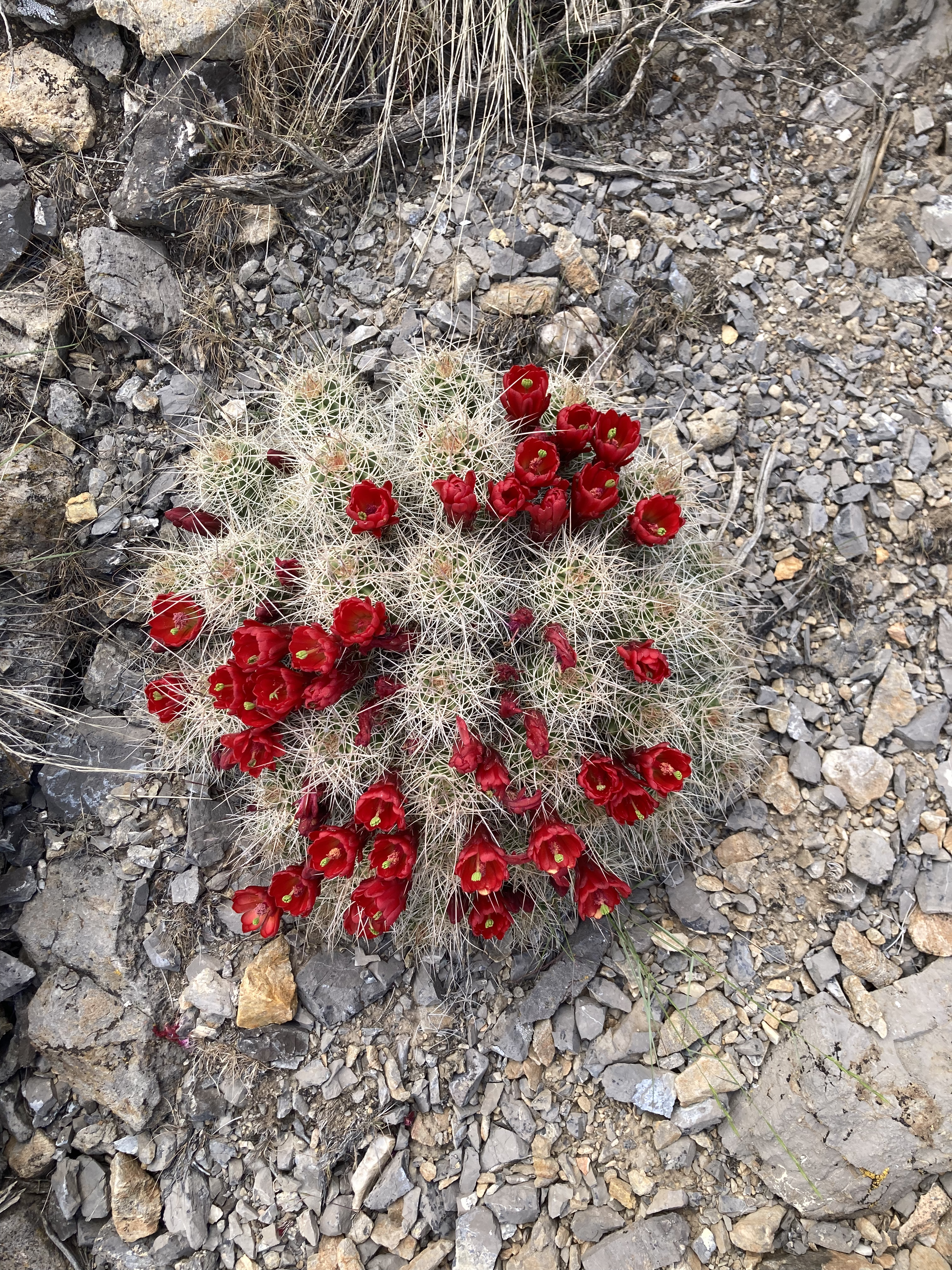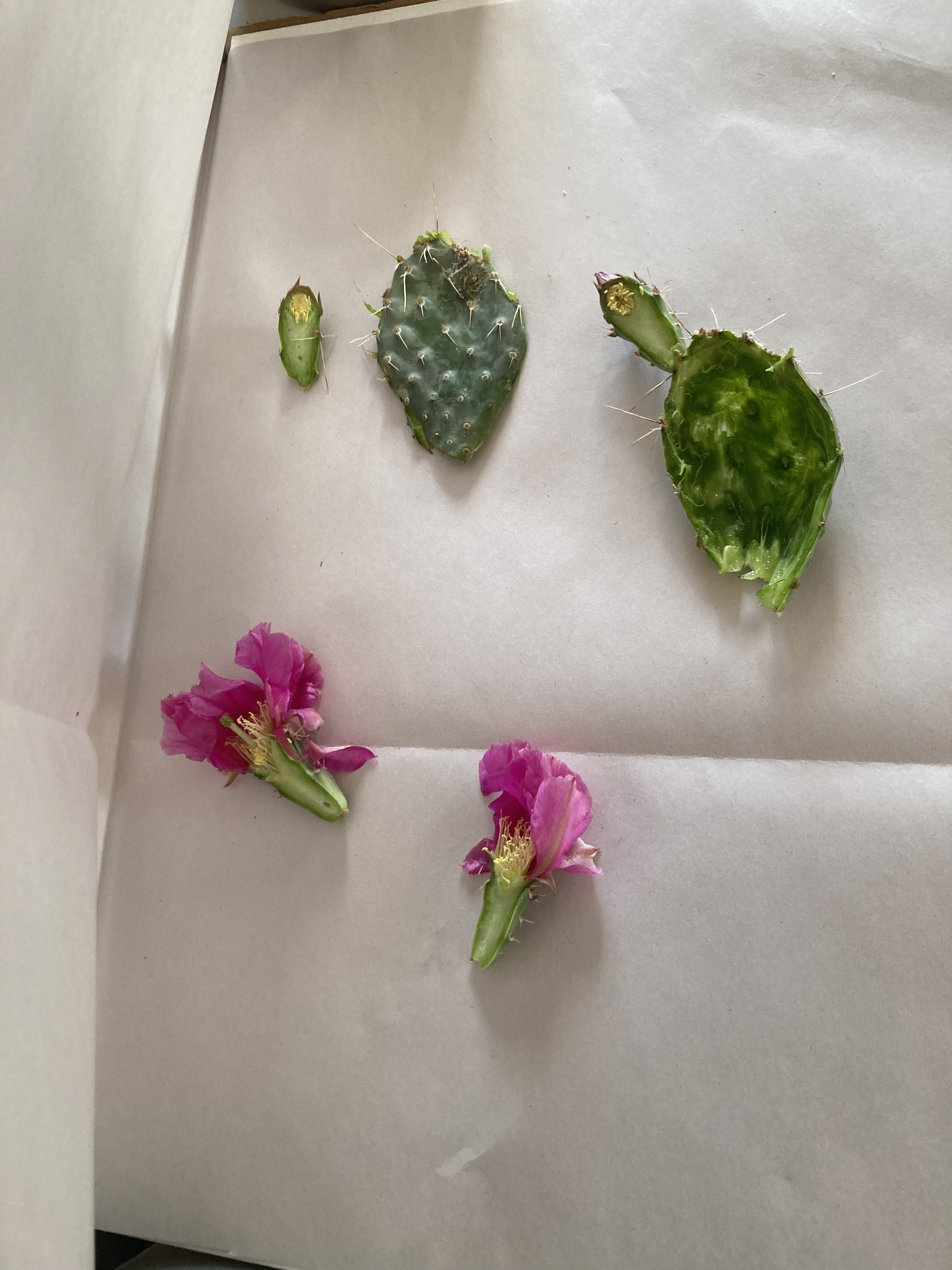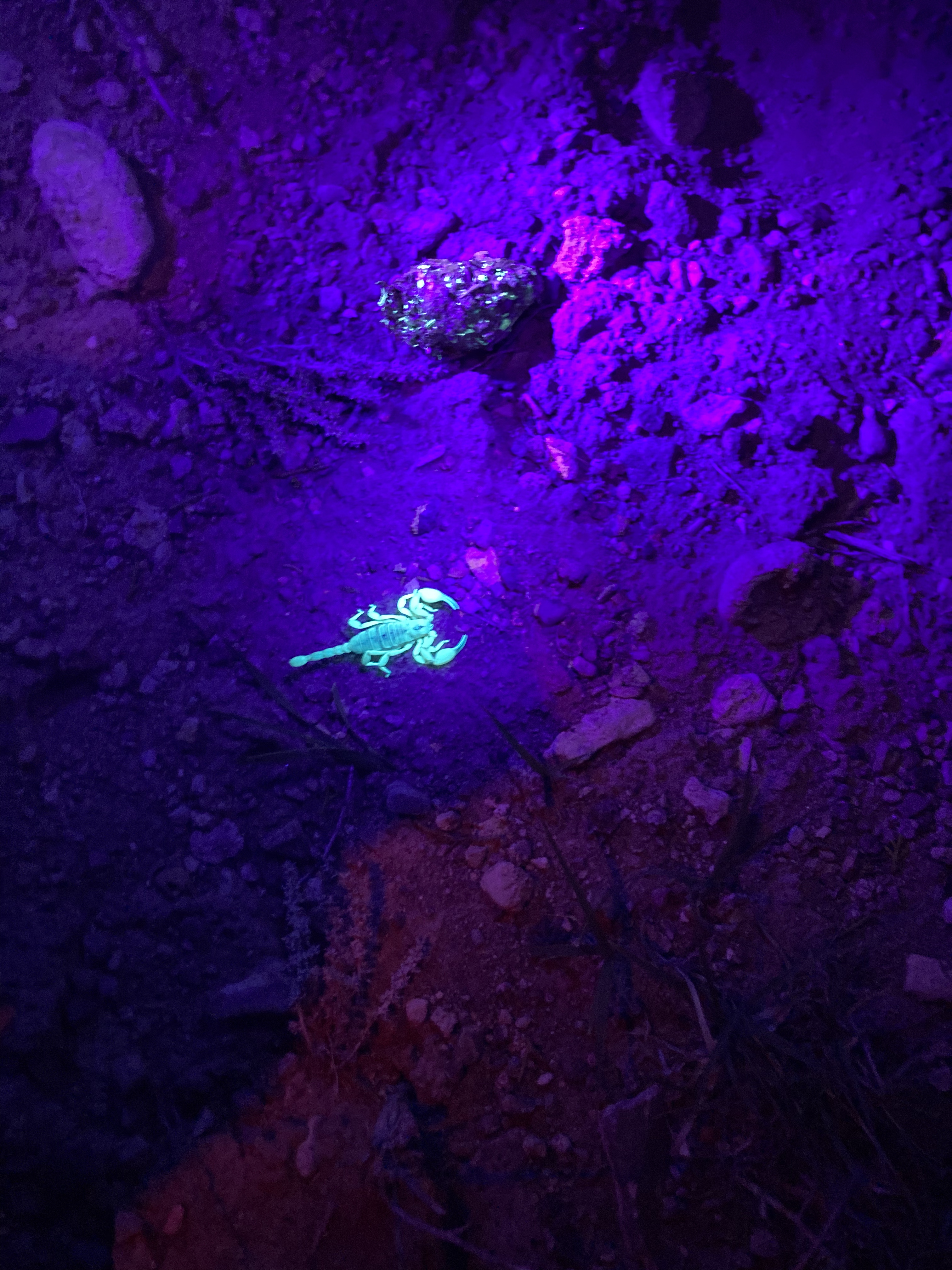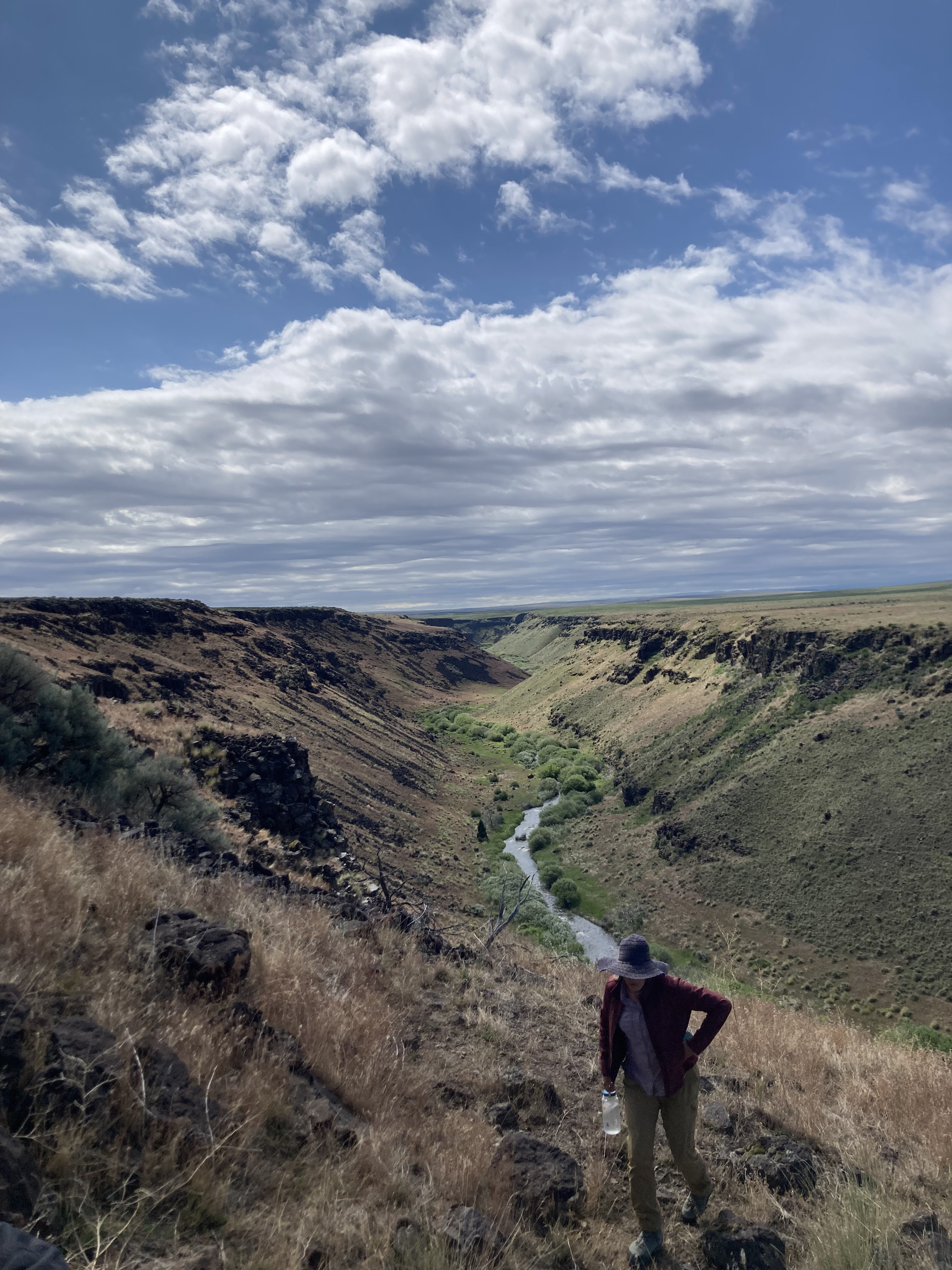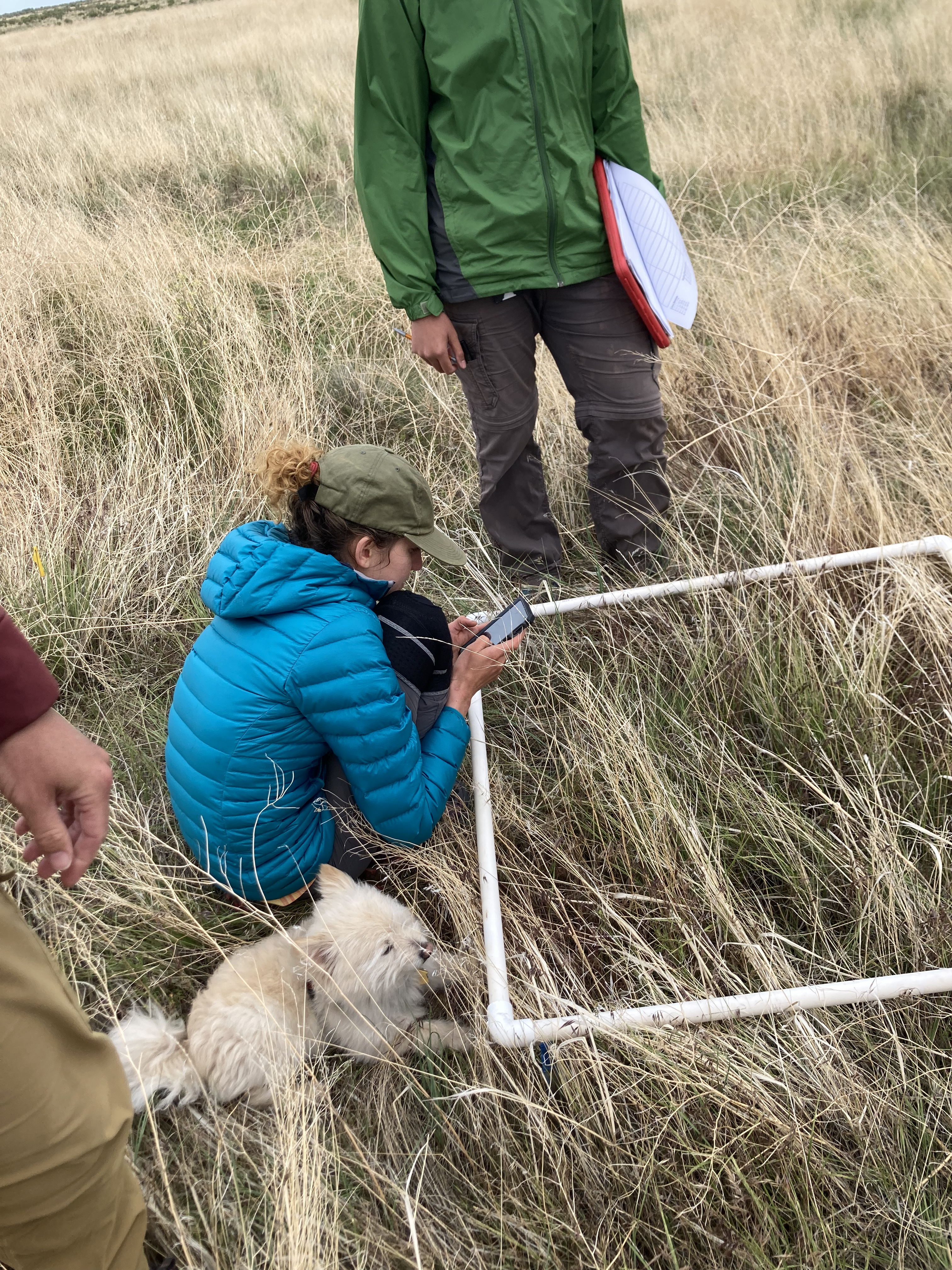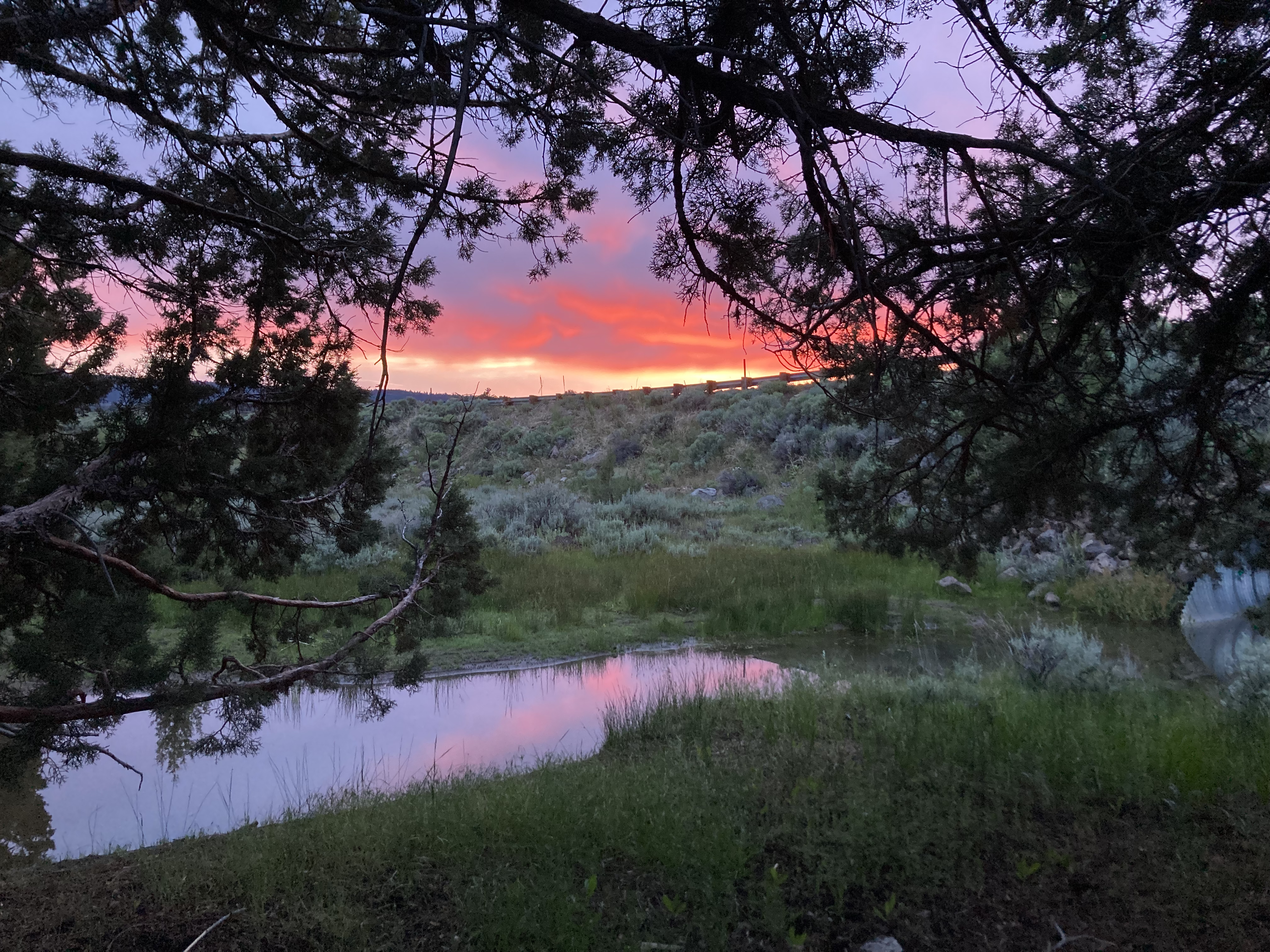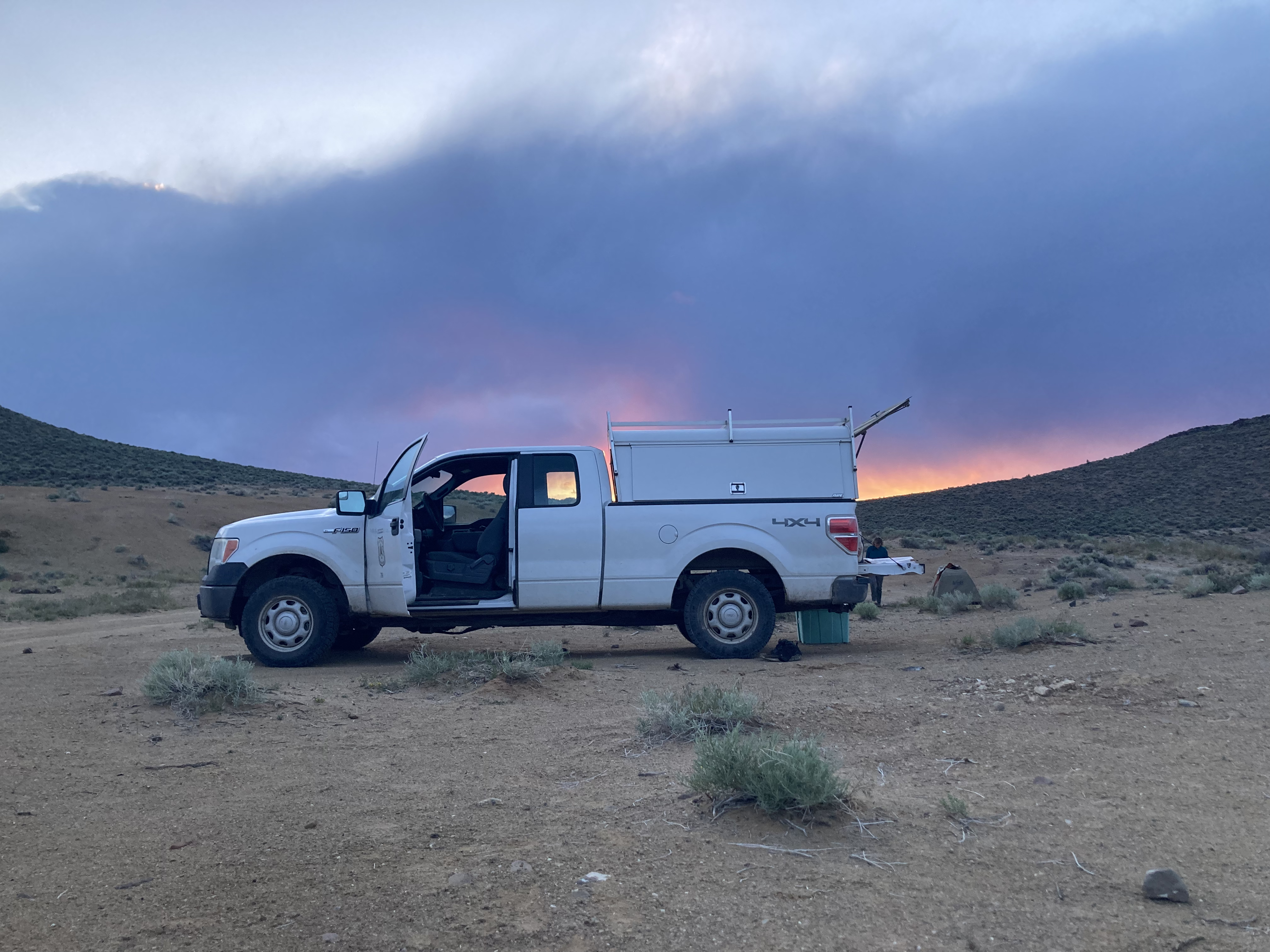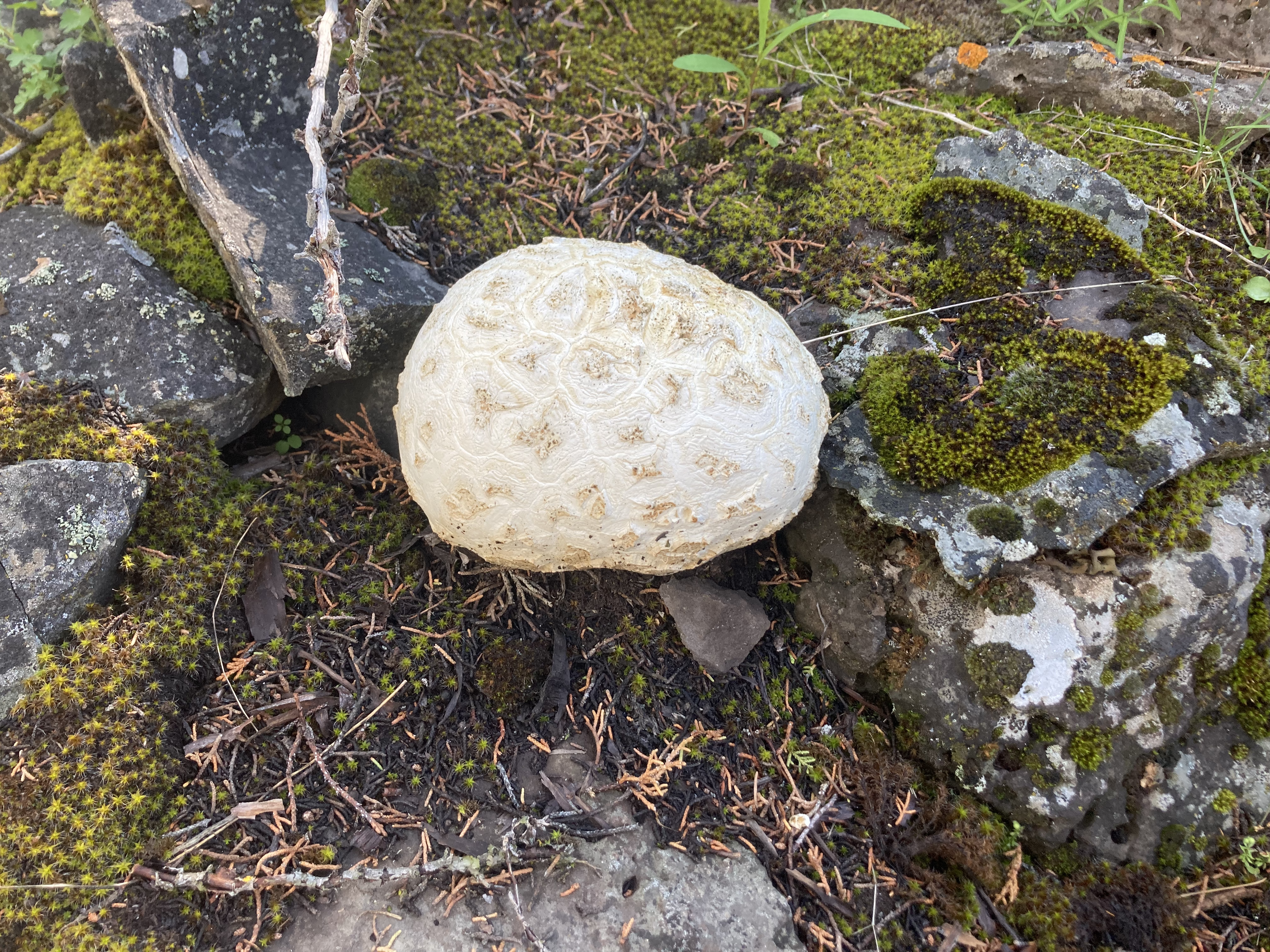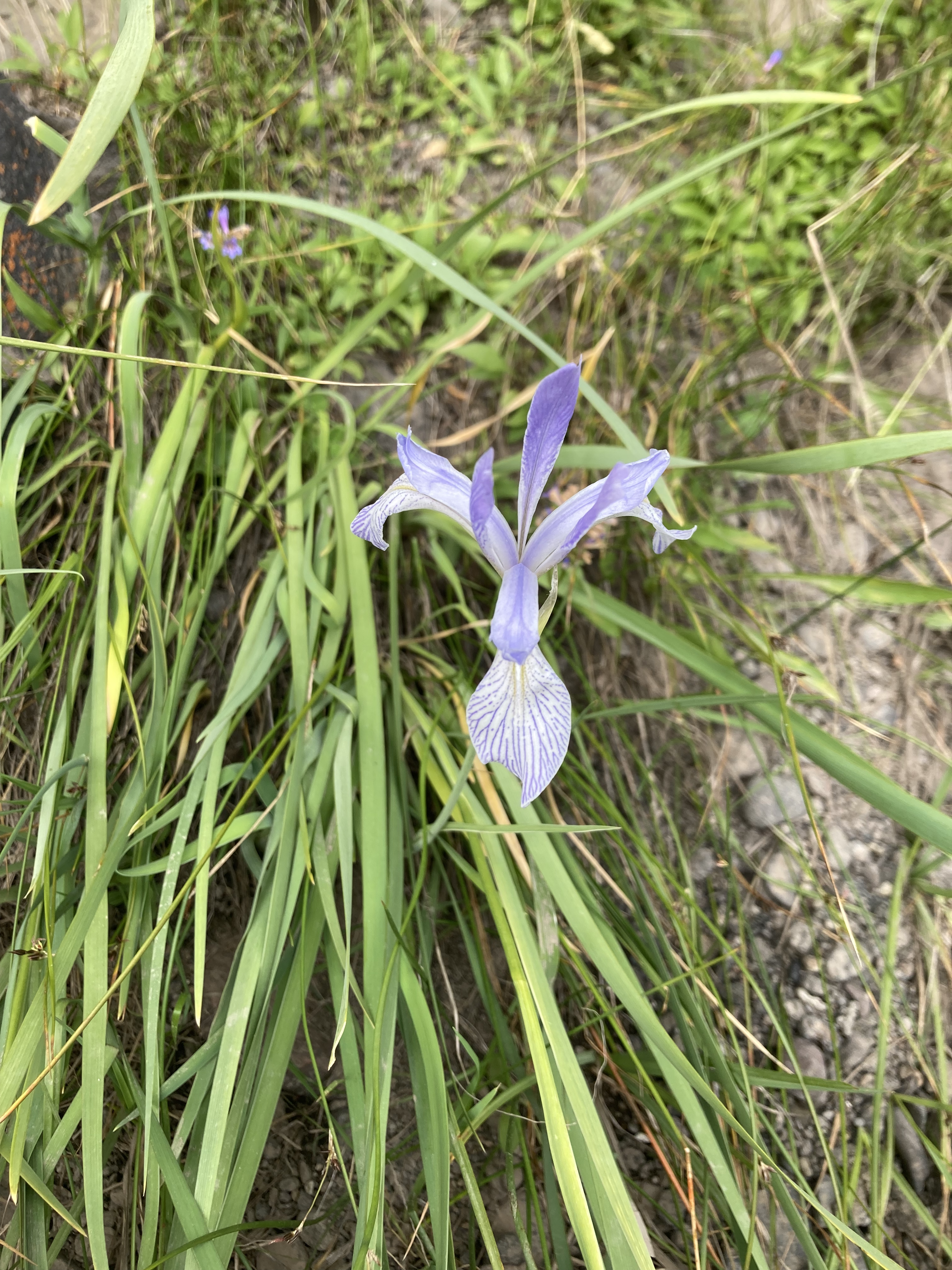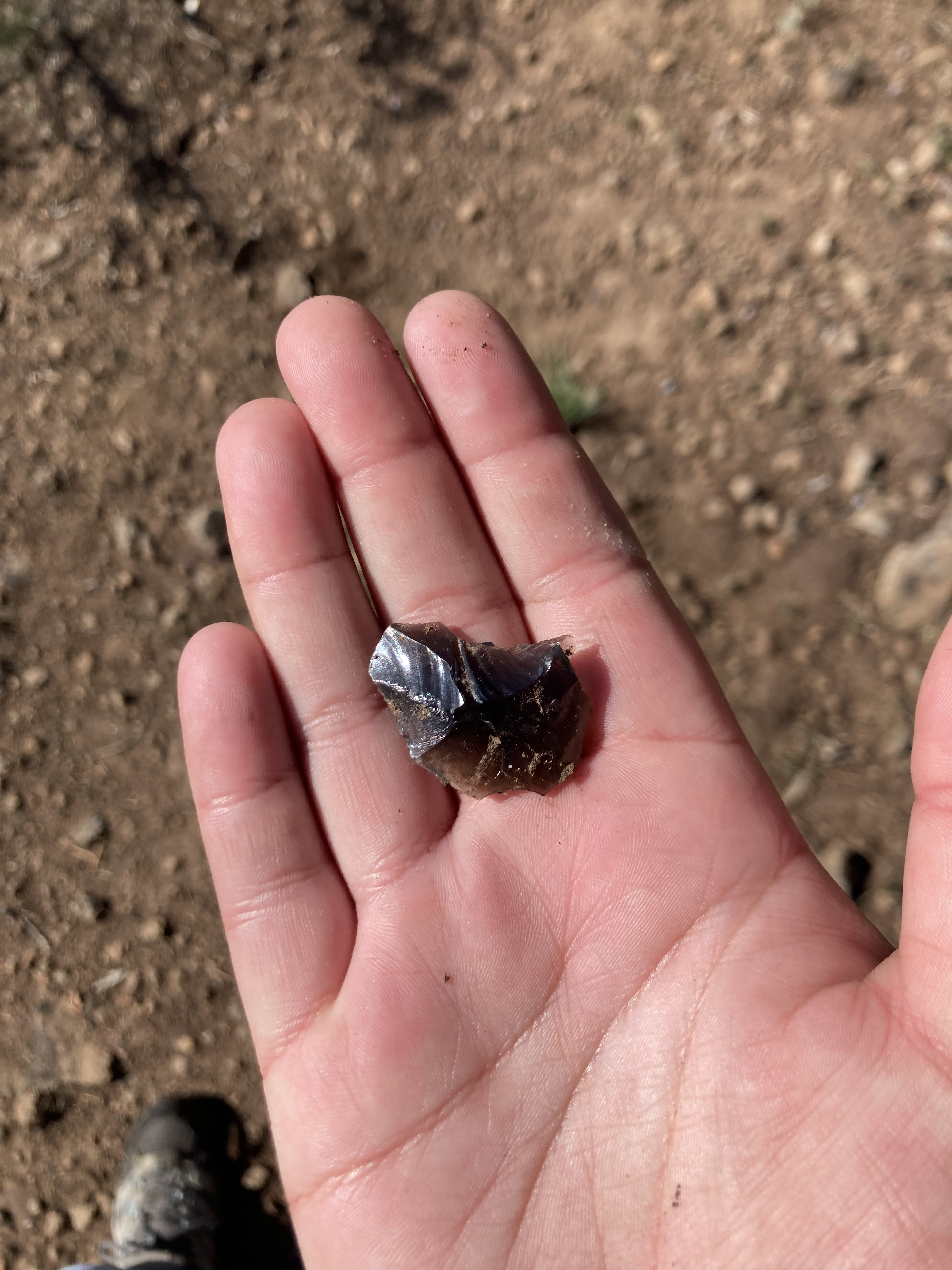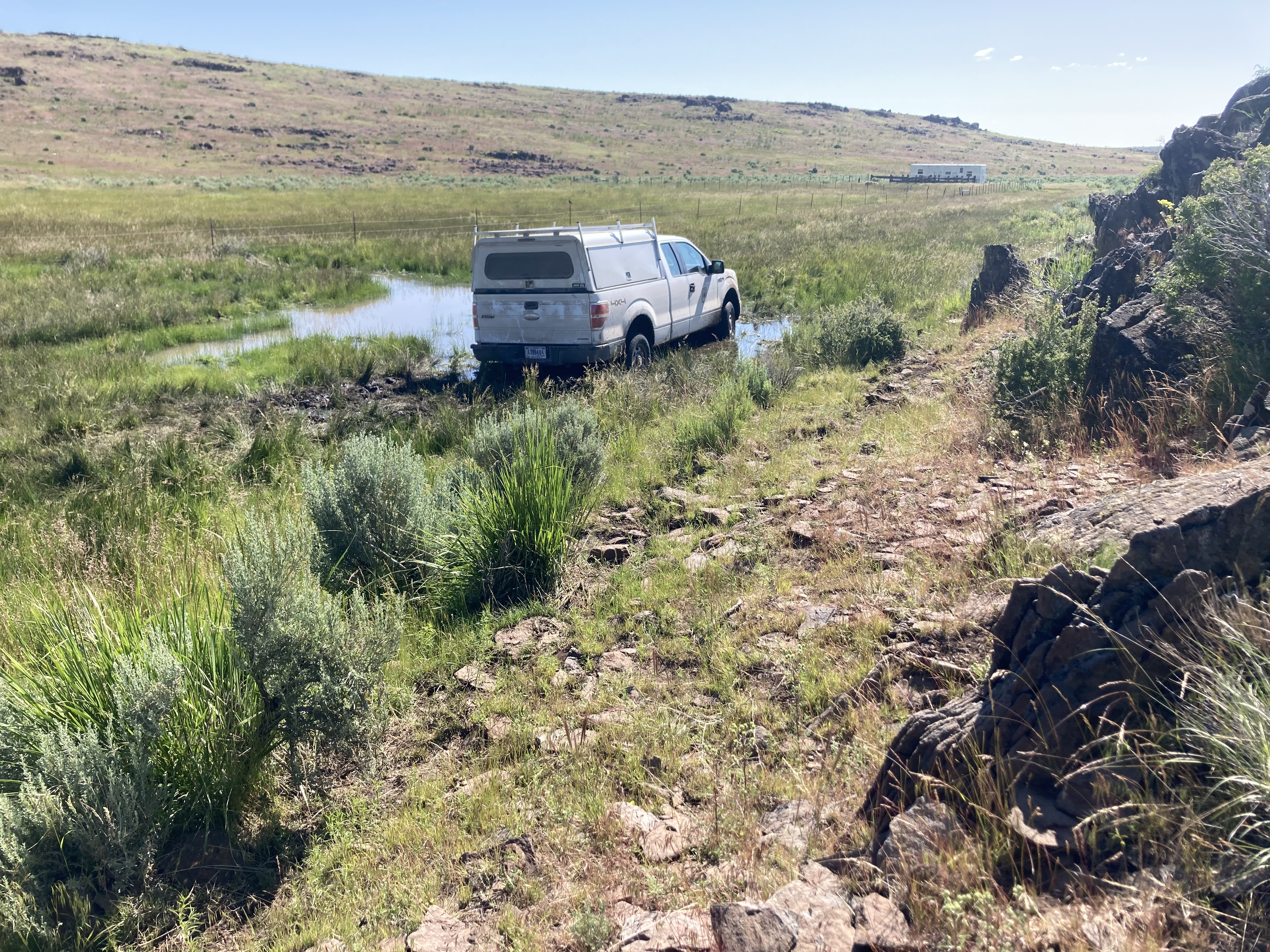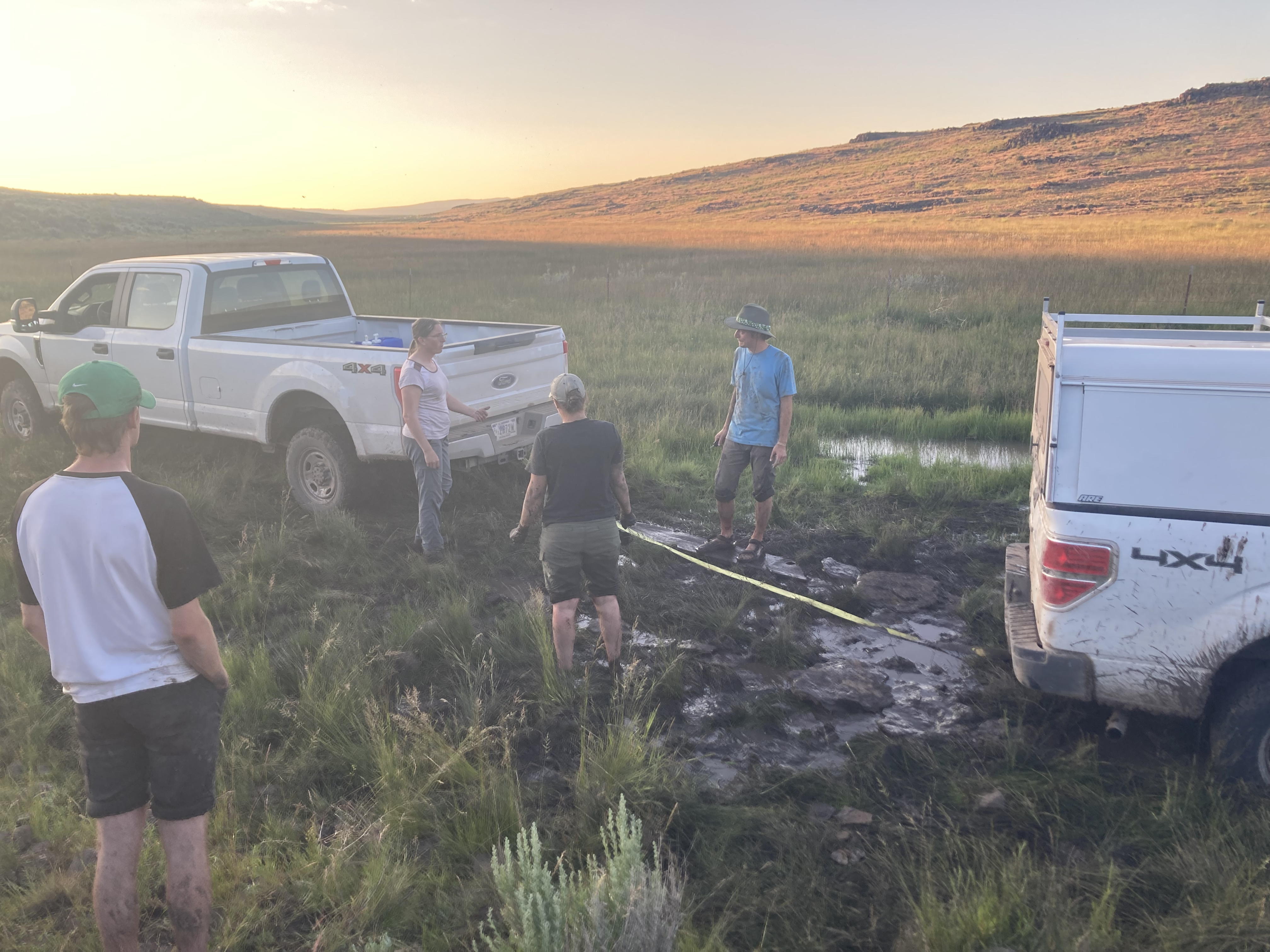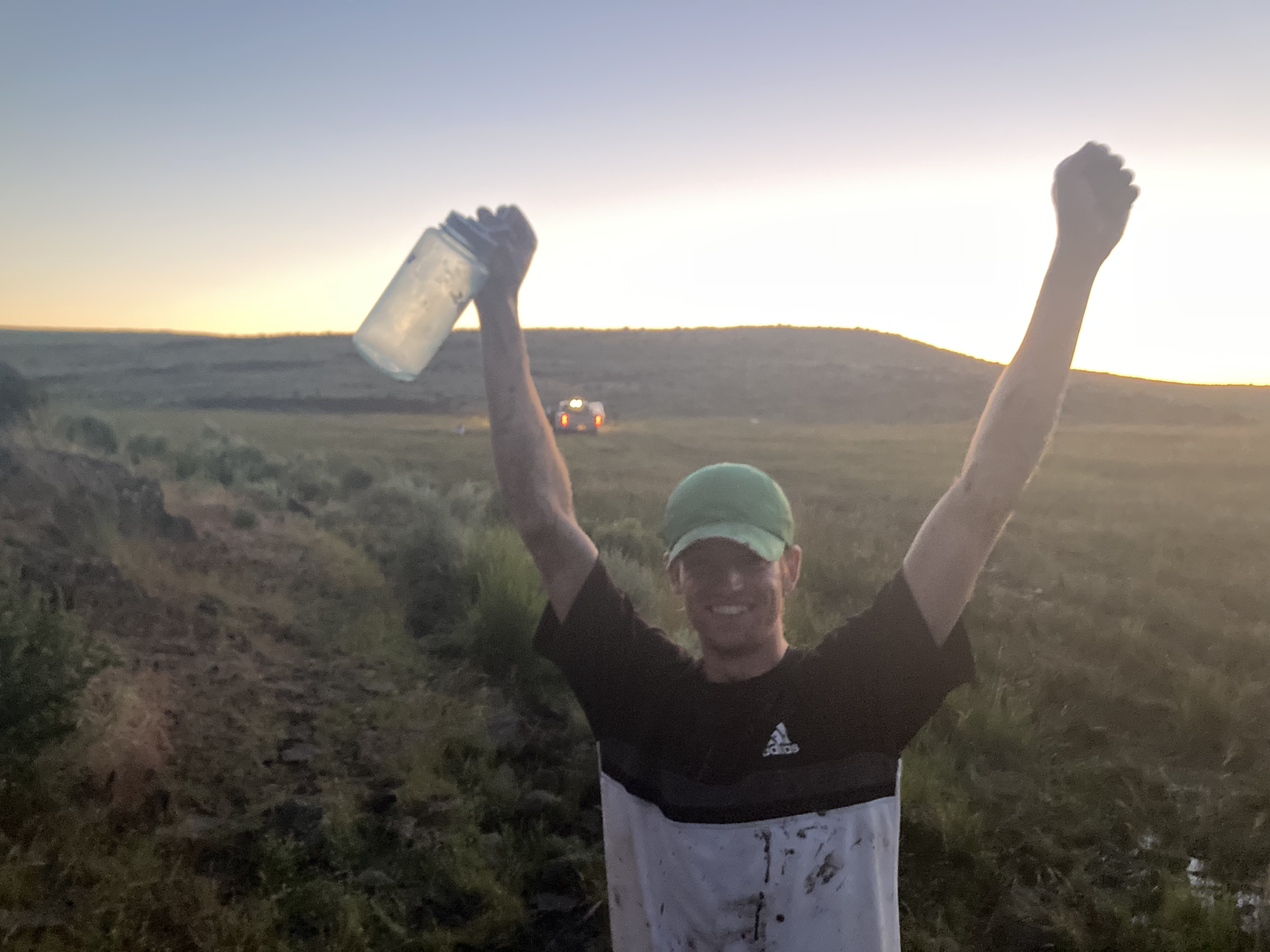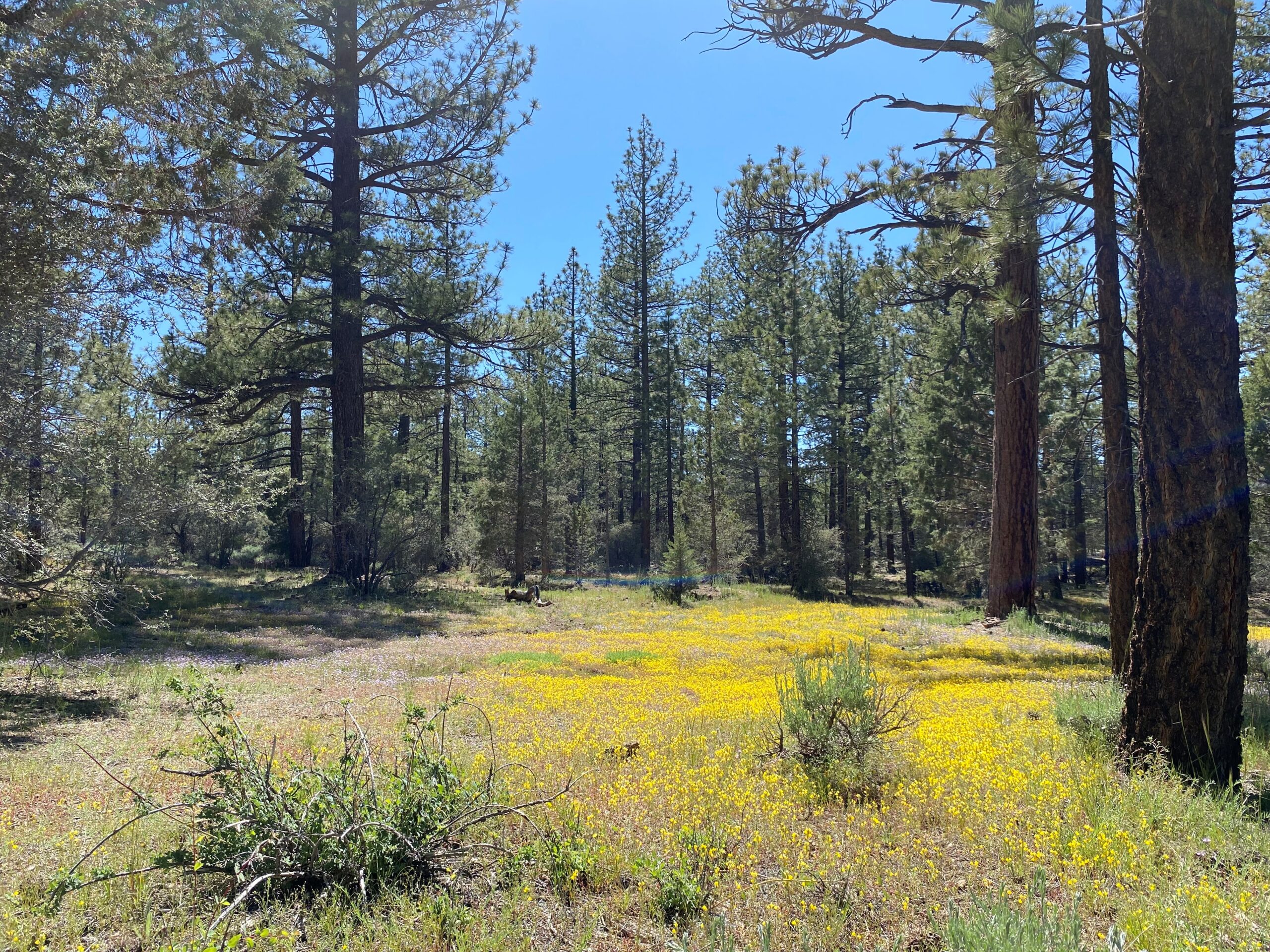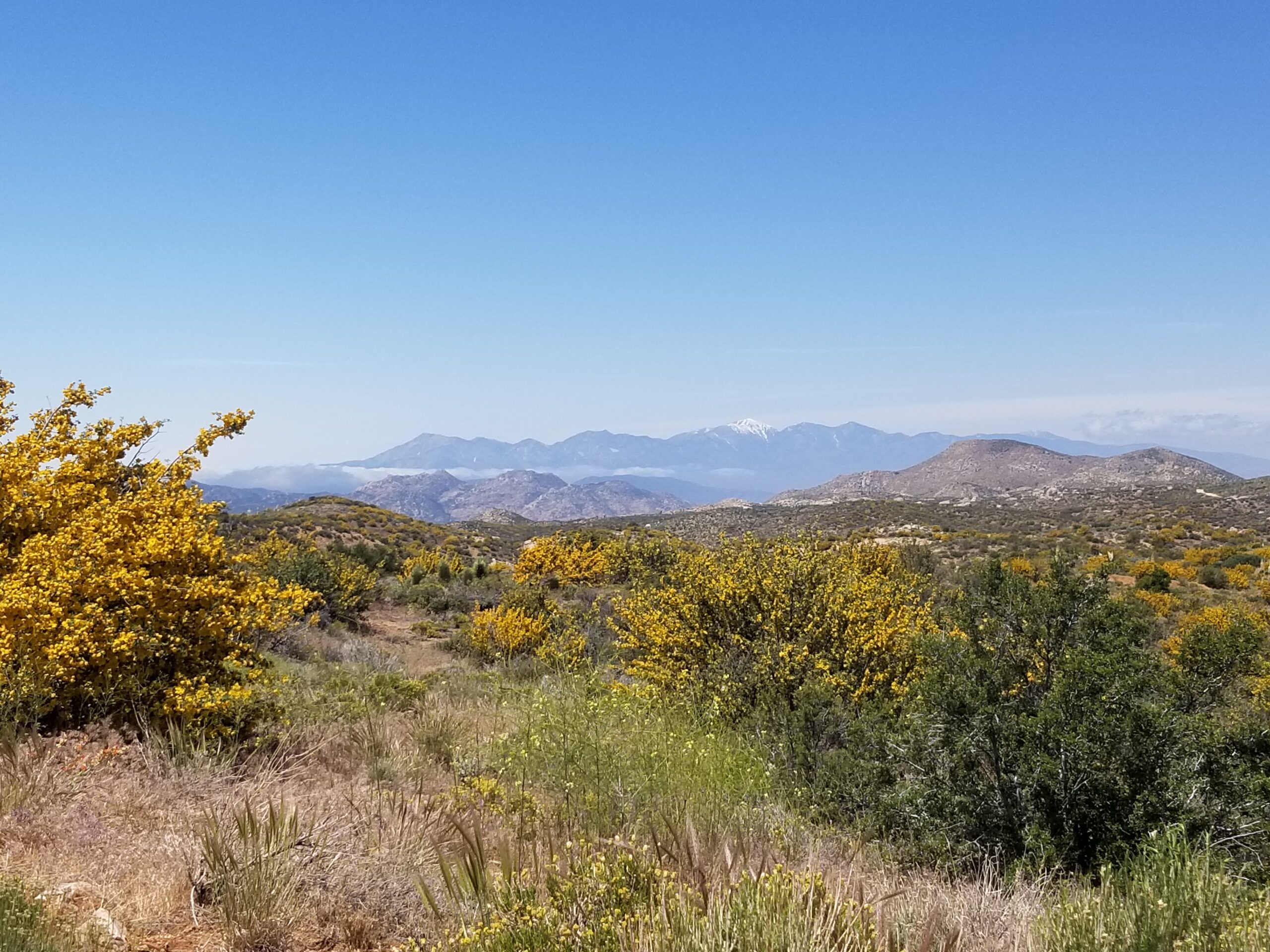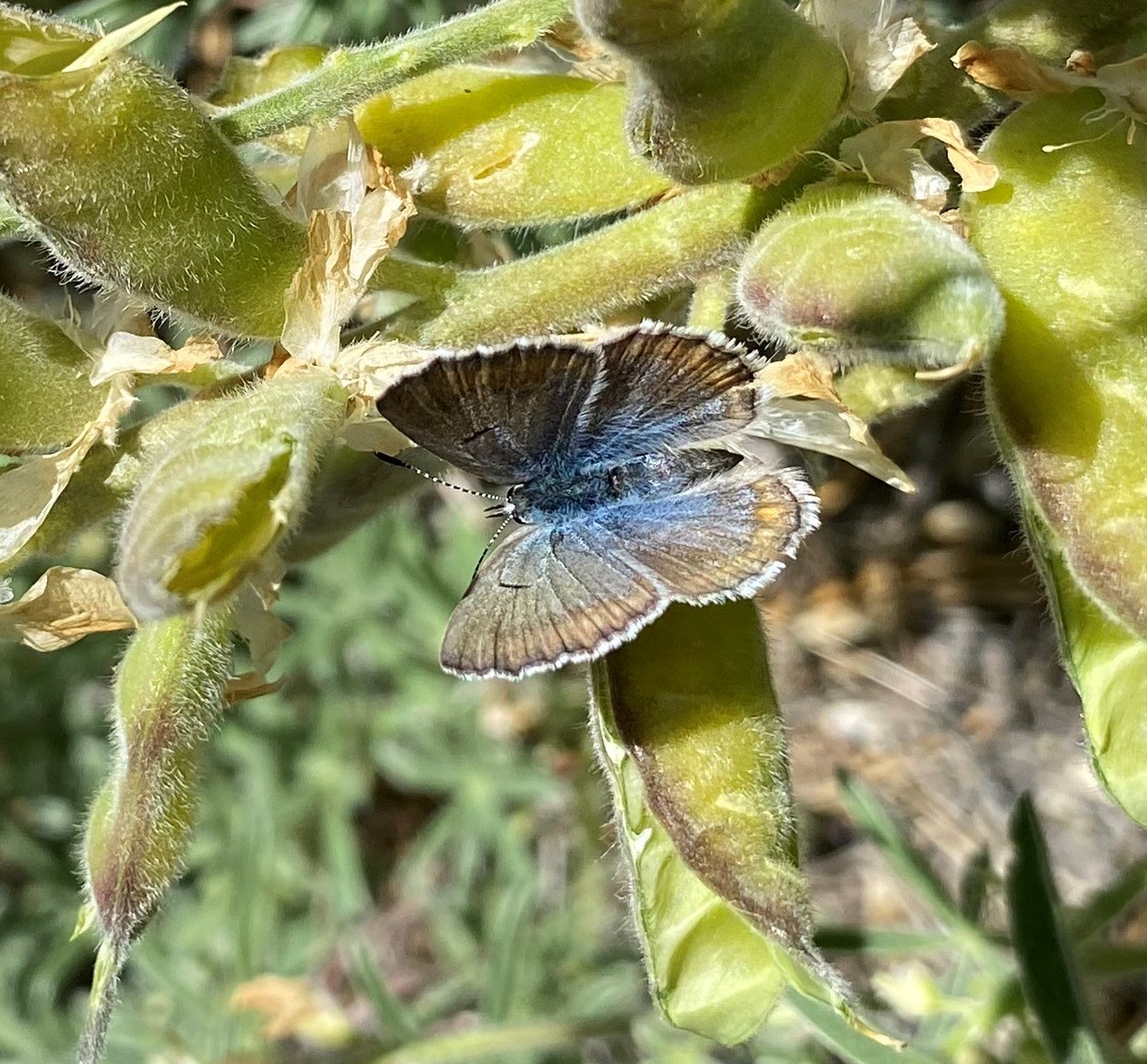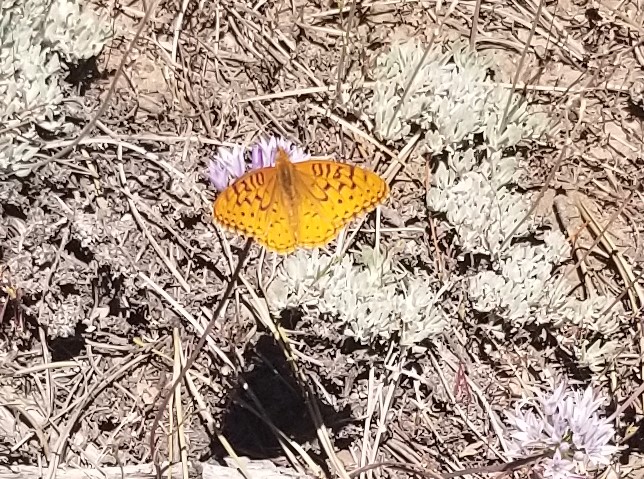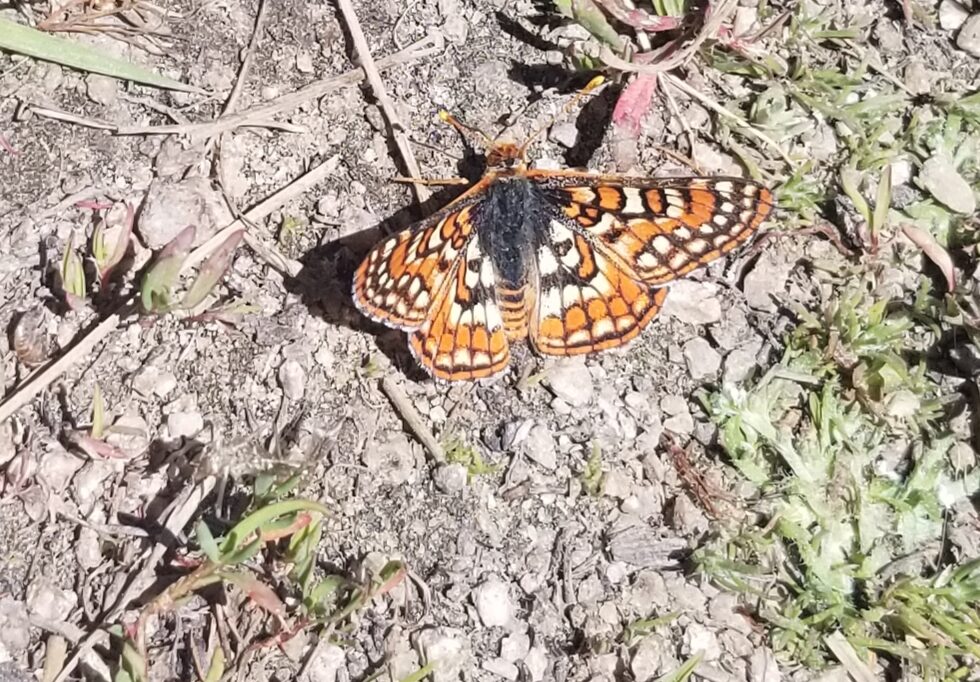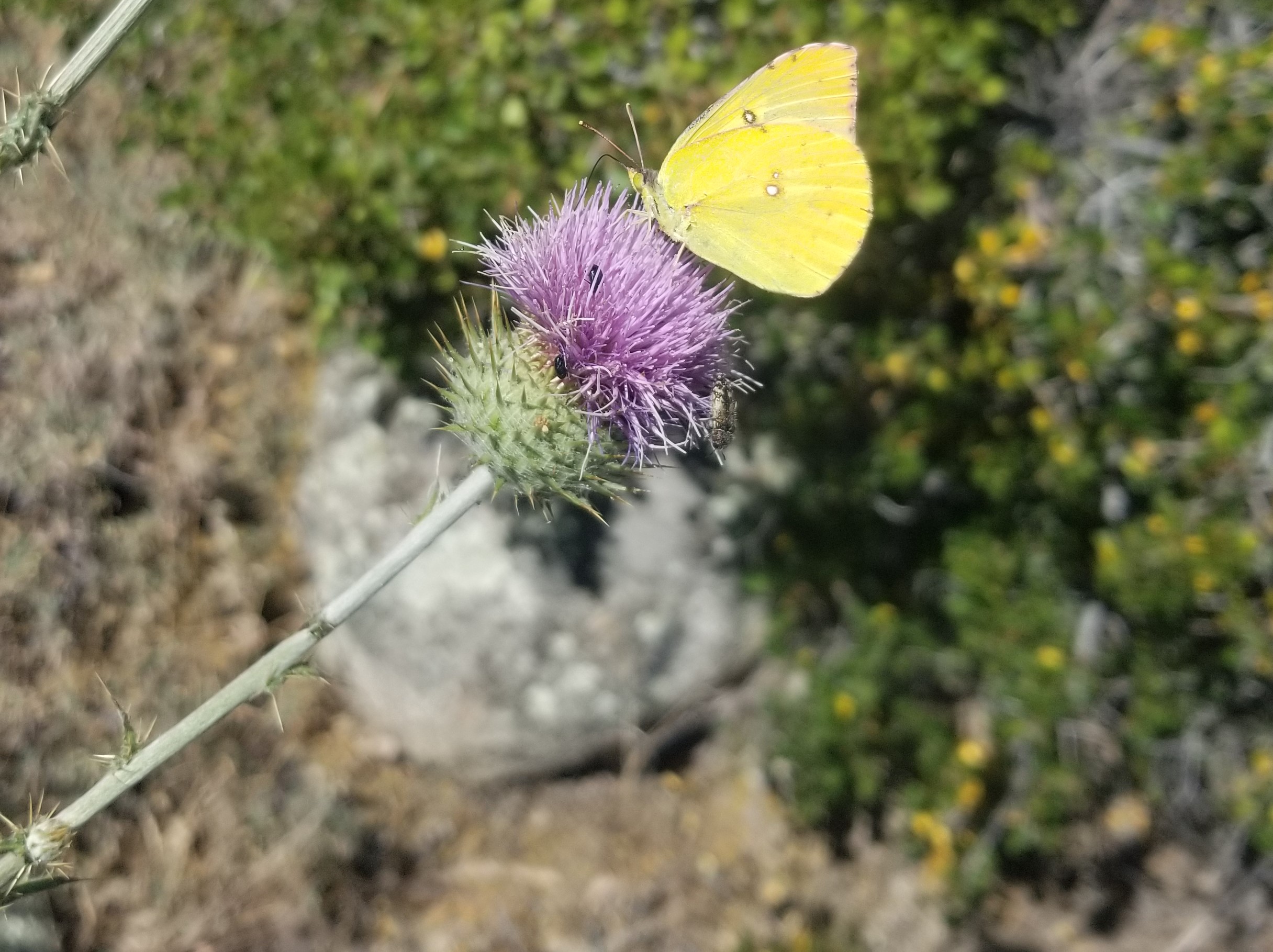Days and weeks out here are flying by!
We were busy our first week with white bark pine surveys in some amazing locations along the Continental Divide trail. These missions were not related to seed collection, but really helped me acclimate to the new ecosystem as a whole. I am working on the only botany crew in Beaverhead-Deerlodge NF (consists of six botanists, including myself), so we are tasked with covering as much of the 3.3 million acre forest as possible.
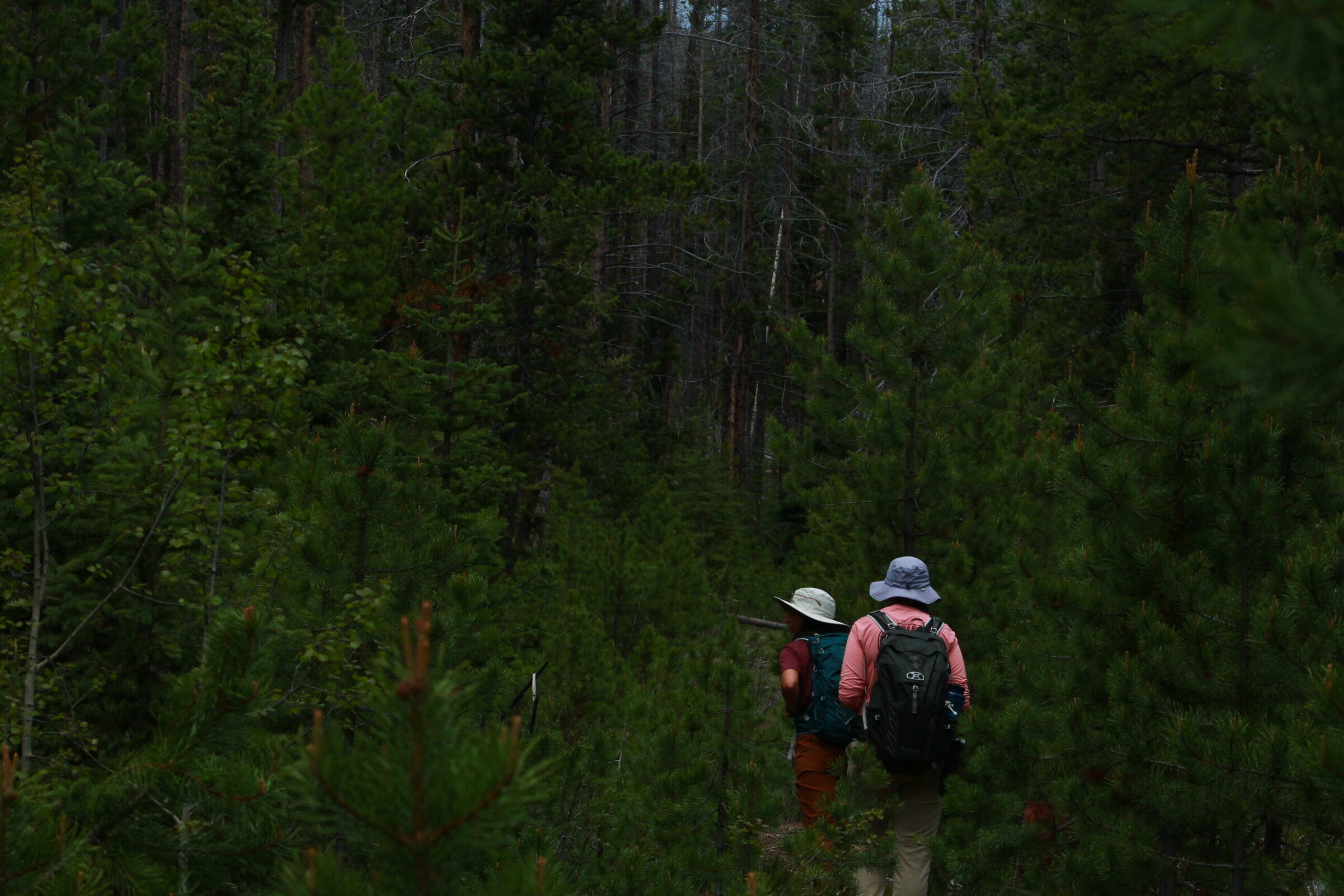
We quickly moved on to rare plant monitoring by checking up on known populations of Physaria pulchella, Penstemon lemhiensis and Primula alcalina. These plants were each super specialized to particular environments, so it was super interesting vising and identifying different habitat types.
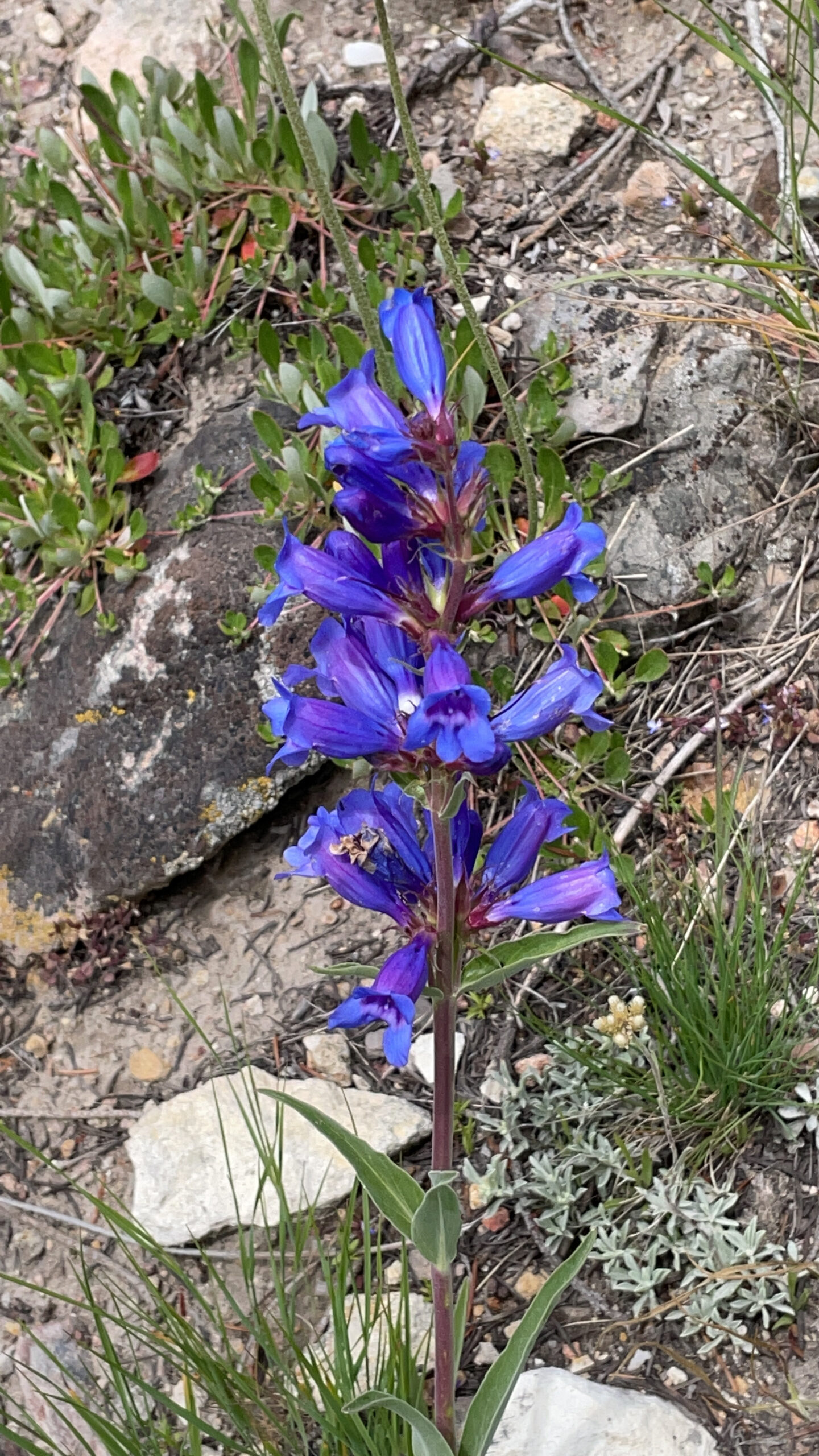
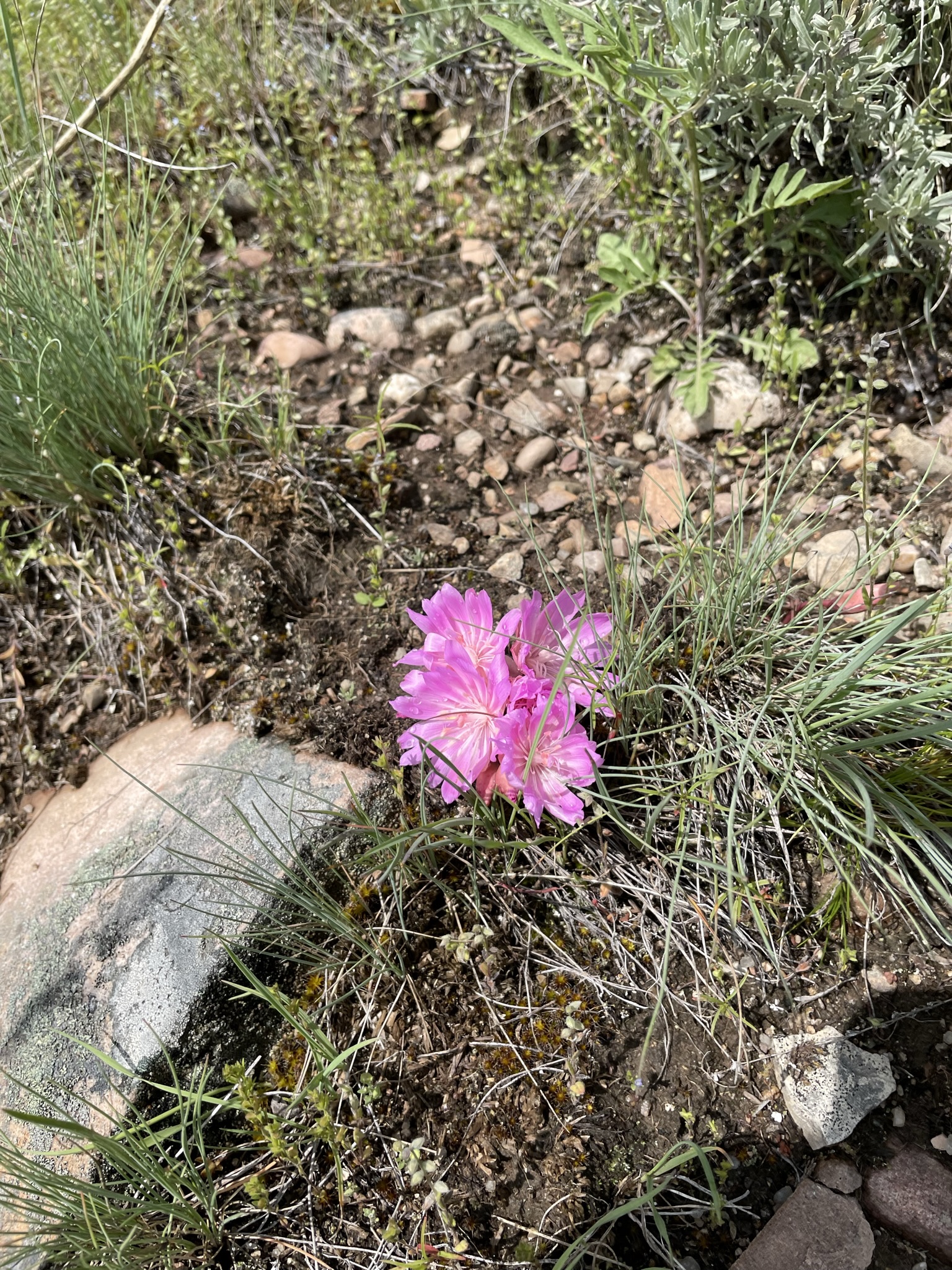
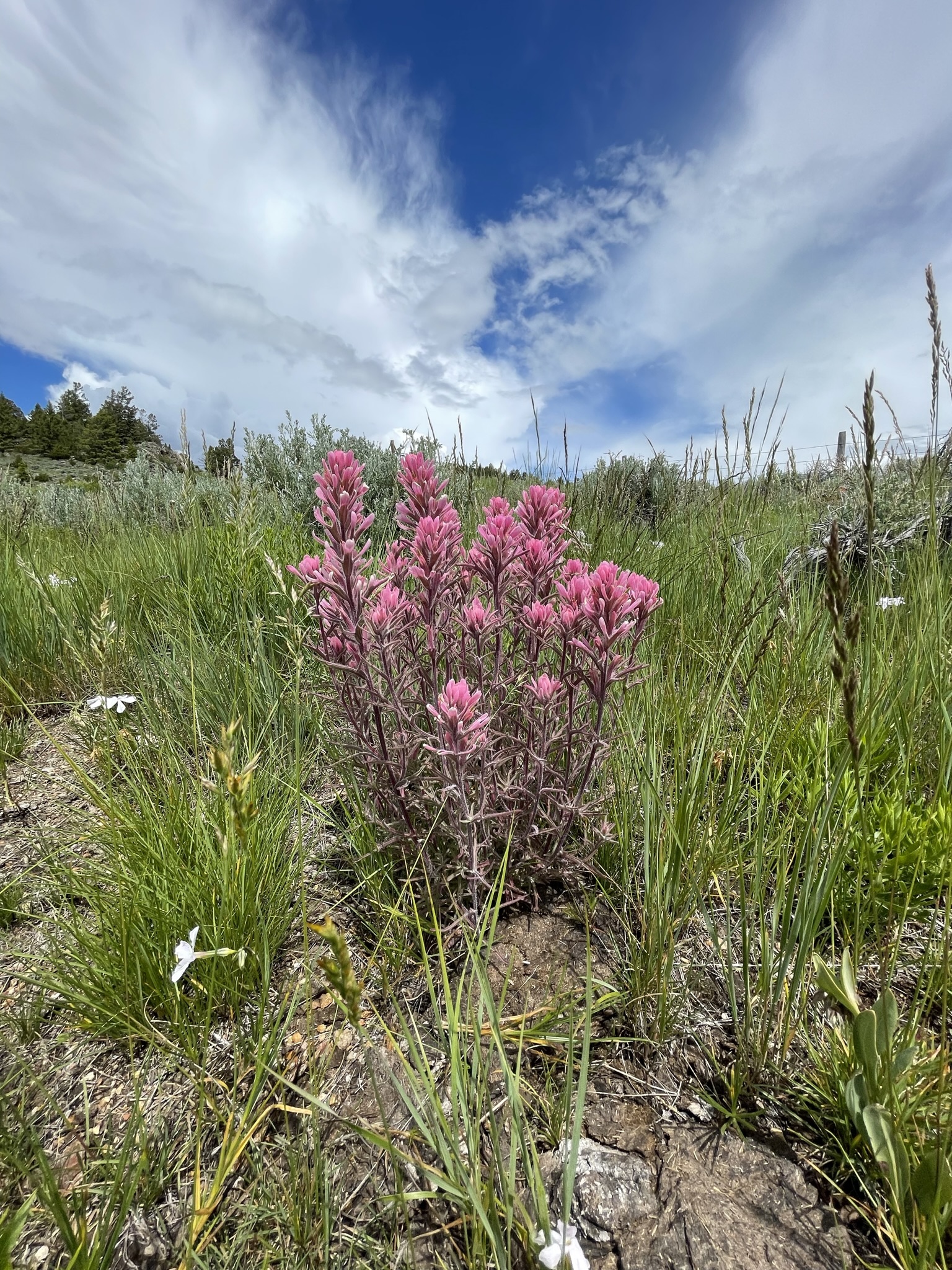
Next we begun collecting bees for a pollinator survey which resulted from a partnership between Montana State University and the Forest service. These surveys were really unique and required us to run around in meadows of wildflowers with children’s butterfly nets to catch pollinators. We stayed onsite for a week, pinning the bees to preserve them at the campsite each night. This culminated in a visit to MSU’s pollinator research lab to see the archival process.
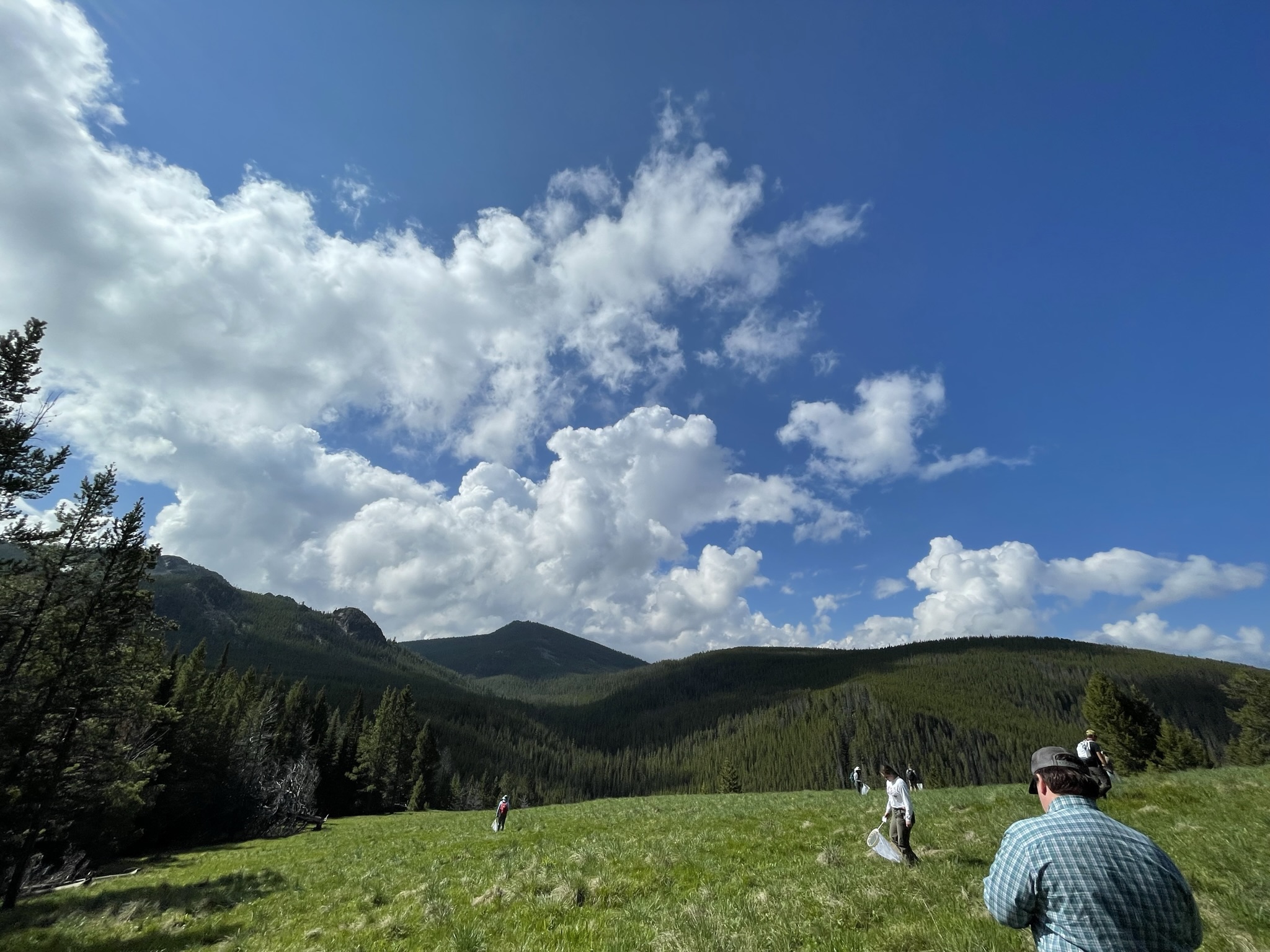
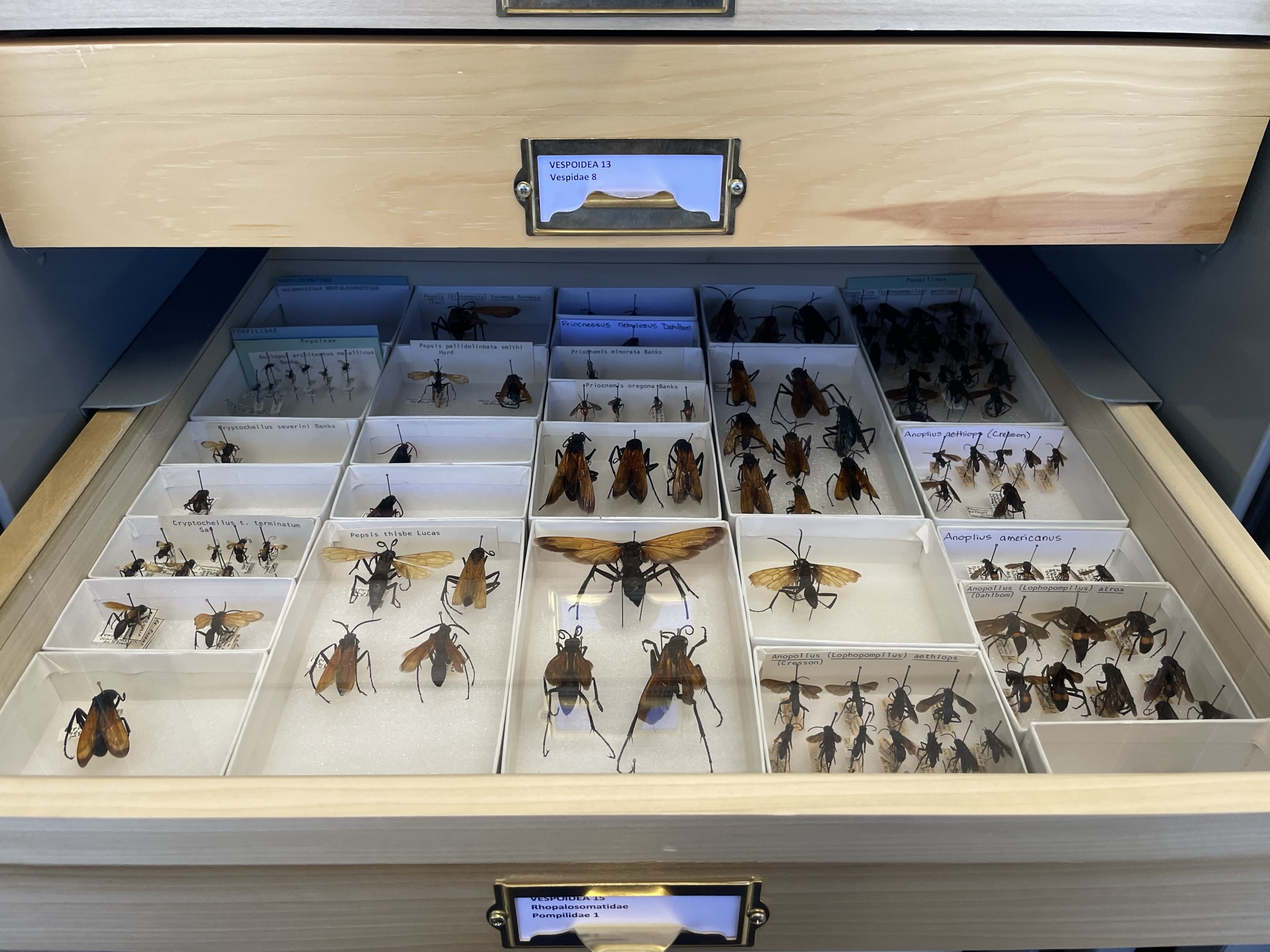
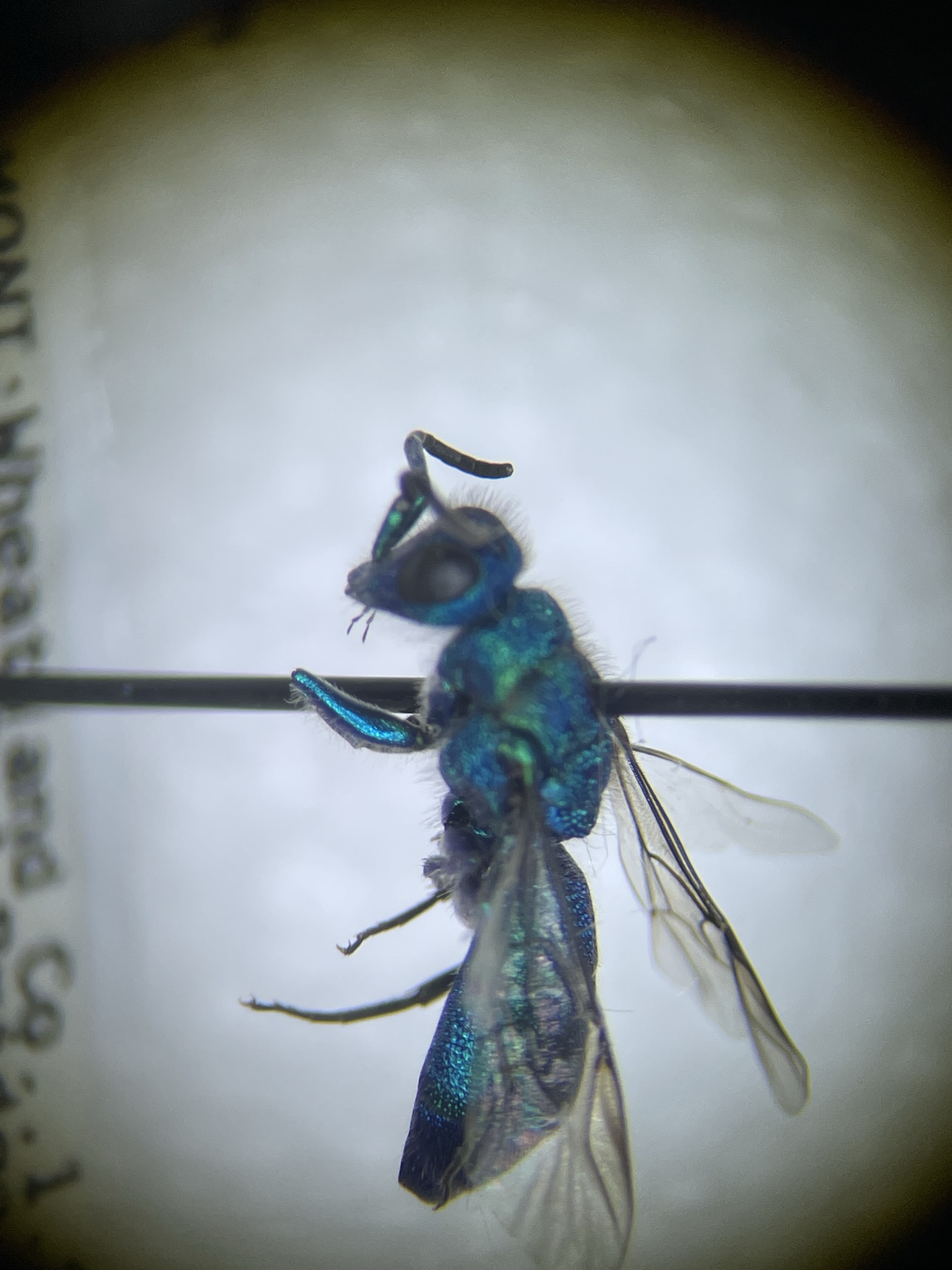
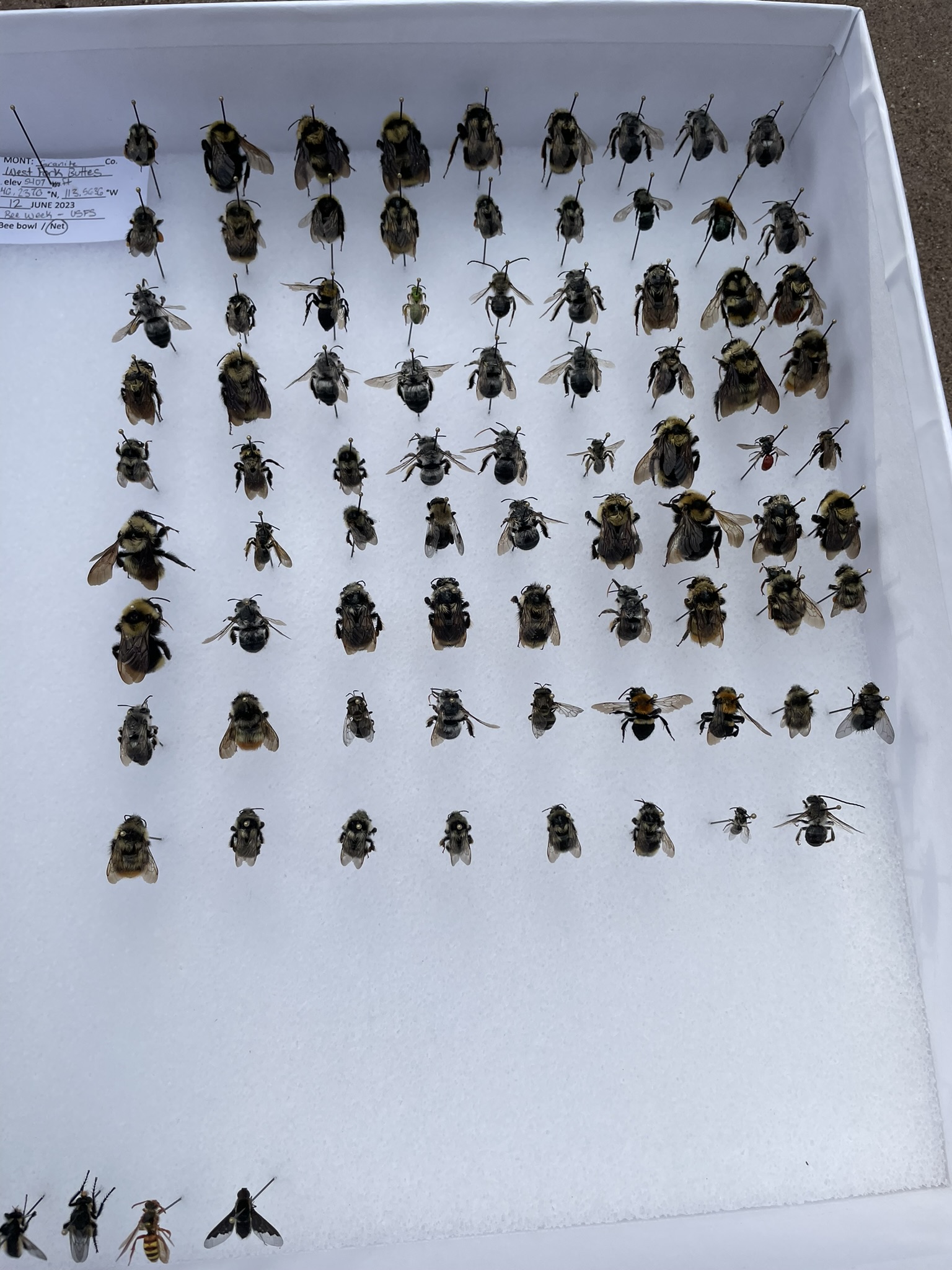
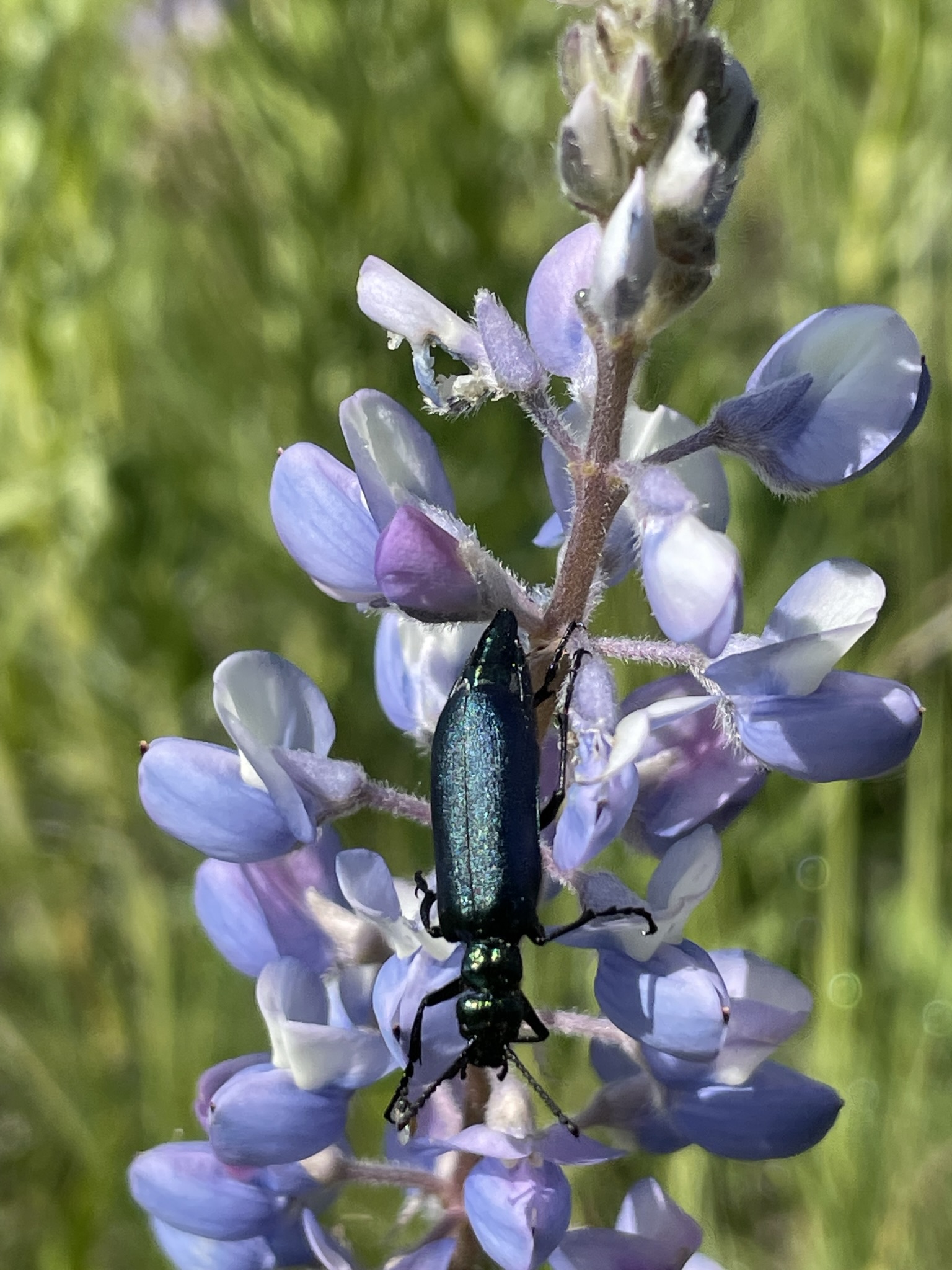
Ten-hour days in the field are sometimes long, but I’ve been having a great time at work. I feel like an honorary member of the FS botany crew and am making sure to explore on my free time. I feel super grateful that I am able to work in such an interesting place with such likeminded people.
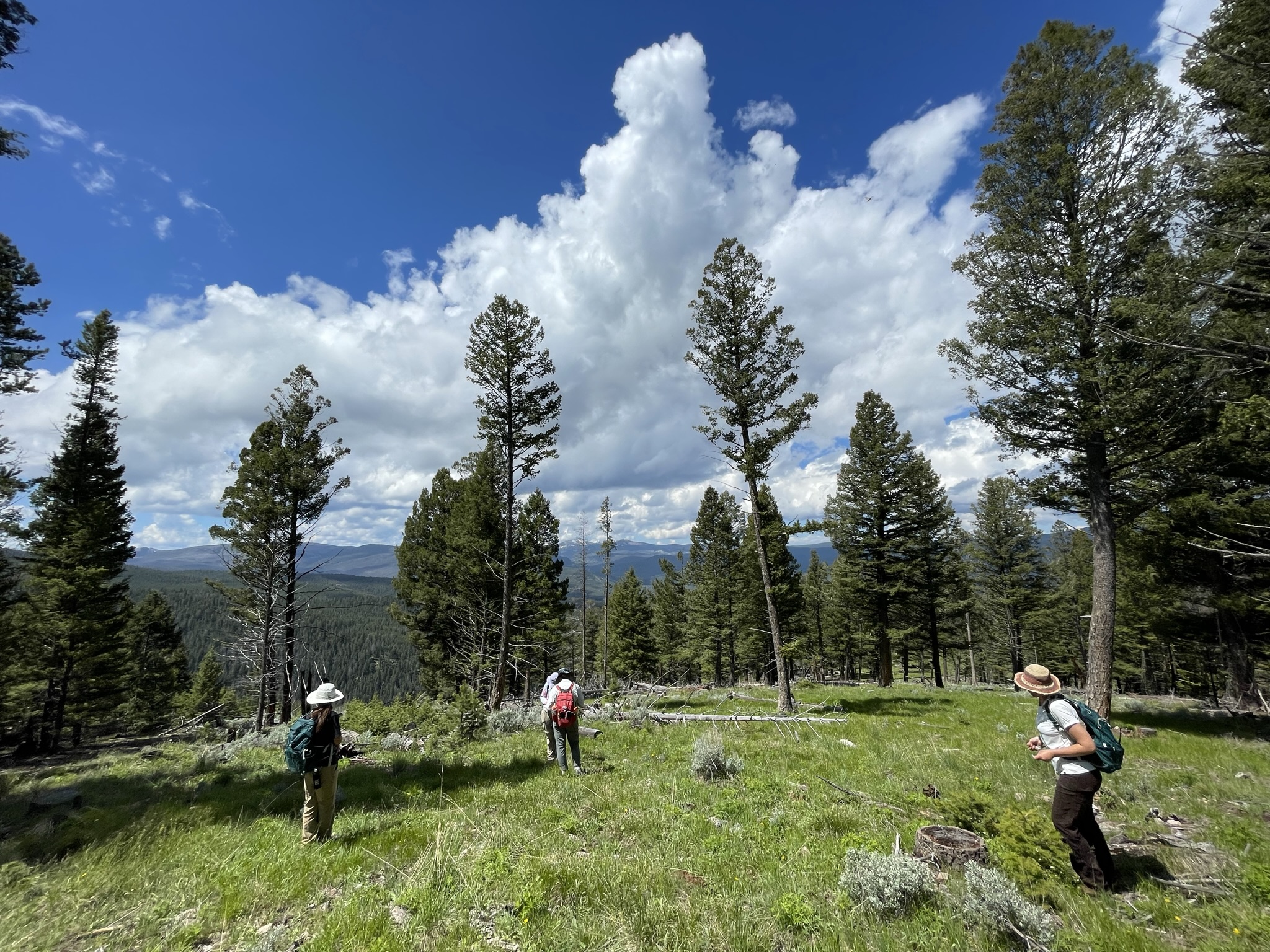
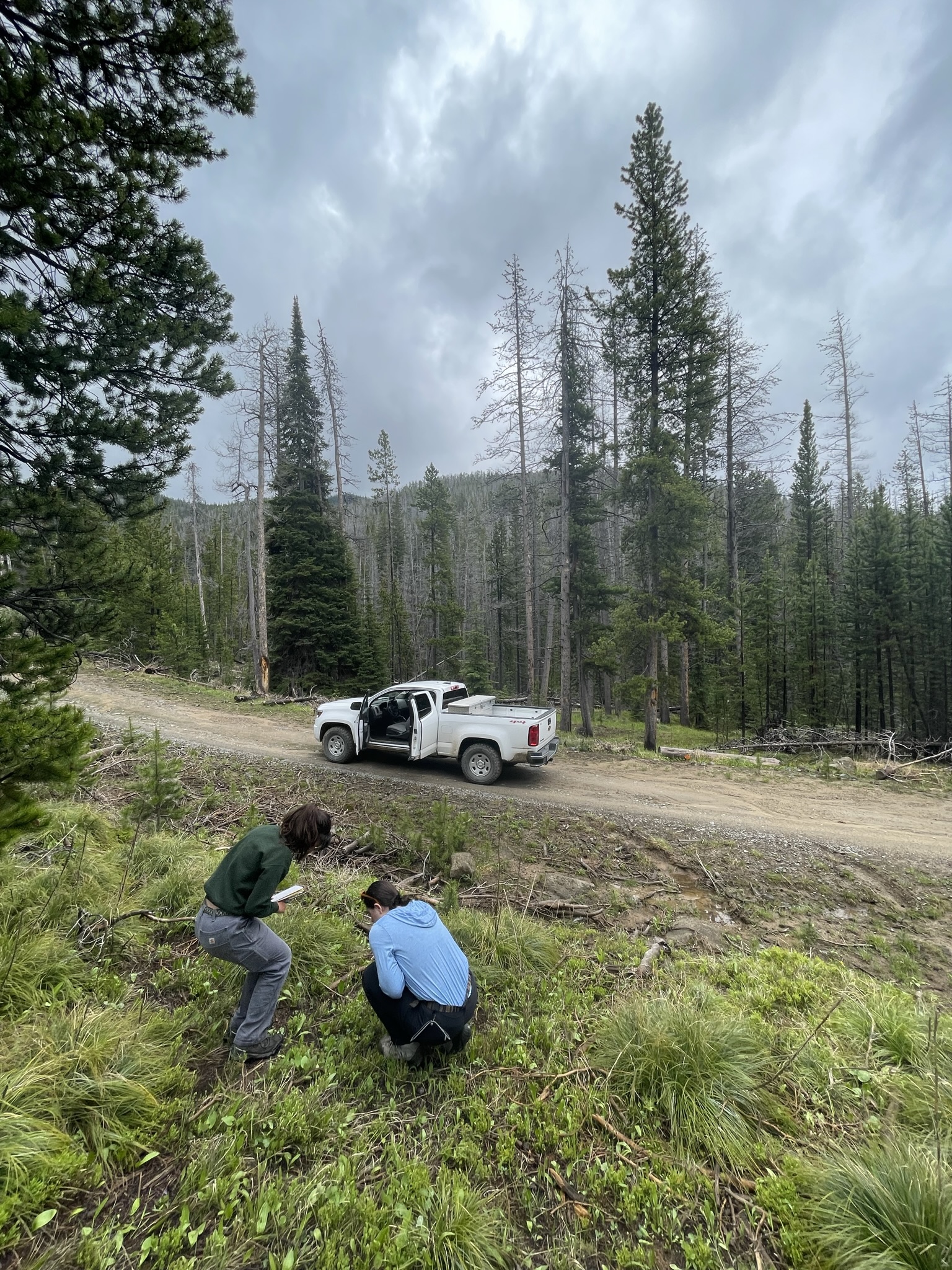
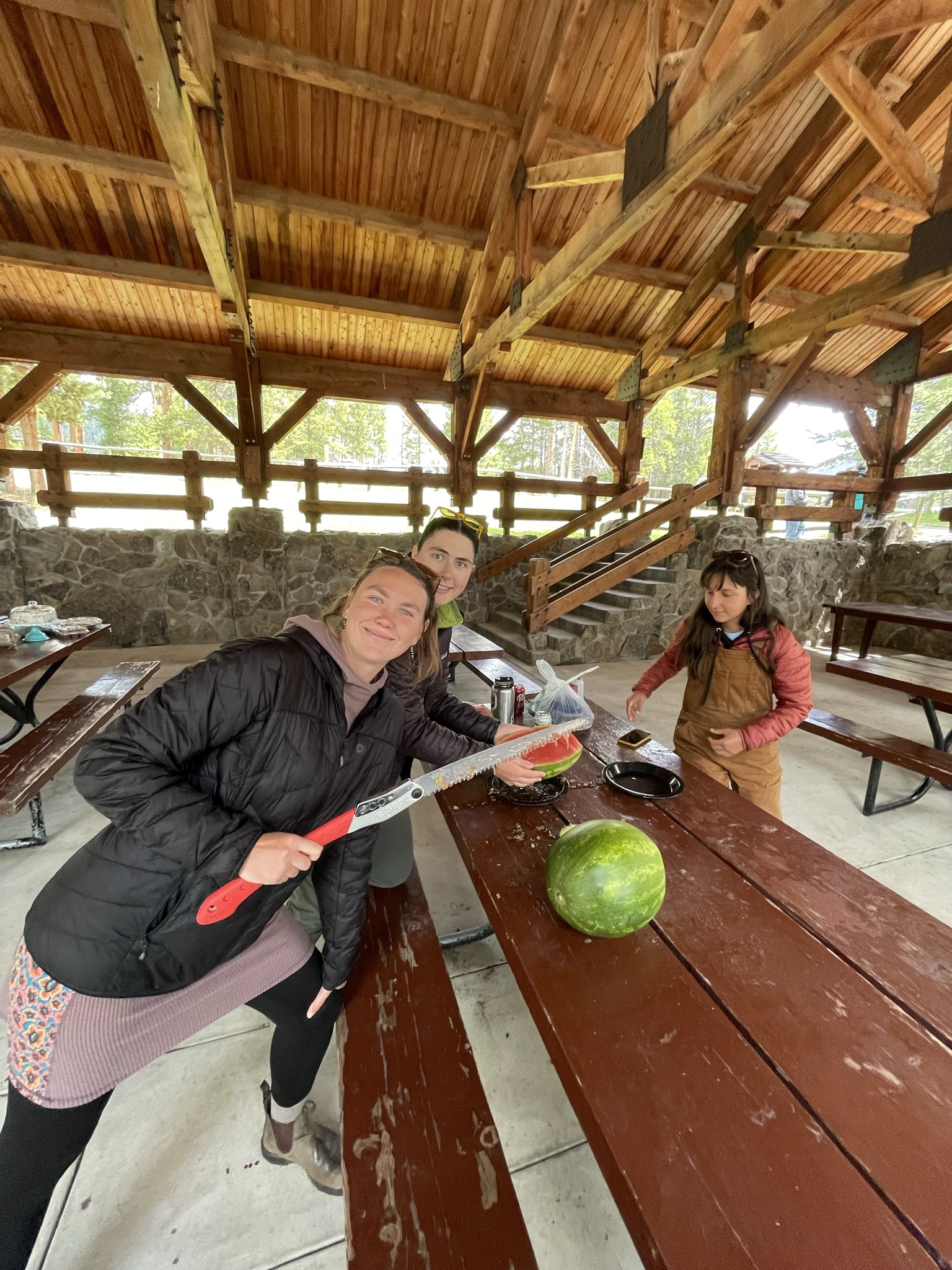
Some quick bits about my adventures outside of work:
-Spontaneously rode in a 67-mile bike race through the Pioneer Mountains on 1 day notice.
-Met up with some fellow CBG interns at the Bozeman hot springs for a grass ID event.
-Our urban test garden is growing quick down in Lawndale, IL, so check it out if you happen to be in the area (lots of strange weeds to ID)
-Went to my first demolition derby
-Had a good time at the Twin Bridges Bluegrass Festival
-Got some great wildlife pictures and they will be ready to share by the next blog post
